Porsche Taycan finally revealed
It took four years from the “Mission E” concept to the finished series model. It is not only the effort Porsche has put into the development of the Taycan that shows just how important the car is for the company. The Taycan sets the course for future high-volume models.
There are some electric cars where a glance at the technical data will tell you everything you need to know. Like new Renault Zoe, for example: a 50 kWh battery and DC fast charging capability combined with many features of its predecessor. A super small car with more than a decent range and much more flexible charging thanks to the CCS socket.
Then there are cars like the Taycan. It is, of course, also possible to effectively judge the first electric Porsche on the basis of a few figures, but this doesn’t really paint an accurate picture. The Taycan is for the premium segment, what the ID.3 wants to create in the volume segment: a showcase for everything that is possible if you consistently develop an electric car as such right from the start. In other words, what Tesla has always done – and an opportunity that Audi missed with the e-tron quattro and Mercedes with the EQC.
For all quick readers, of course, we also want to name the key data early on: At the start of sales, Porsche will only be offering the two top models of the series, the Taycan Turbo and Taycan Turbo S. In Germany, prices for the Taycan Turbo start at €152,136 and the Turbo S at €185,456. The battery has a capacity of 93,4 kWh each, a permanently excited synchronous motor is mounted on the front and rear axle. However, the two engines are not the same, as the rear motor delivers more power and is combined with a two-speed gearbox. The Turbo S thus achieves an output of 460 kW –in overboost mode even 560 kW can be achieved for a short time. This enables the standard sprint from 0 to 100 km/h in 2.8 seconds, and after a further seven seconds the Taycan is 200 km/h fast. The Taycan Turbo S has a range of up to 412 kilometres in the WLTP, the slightly weaker turbo (also 460 kW continuous output, but only 500 kW in the Overboost) reaches up to 450 kilometres. According to Porsche, the maximum charging capacity is 270 kW, the unladen weight is less than 2.3 tons.
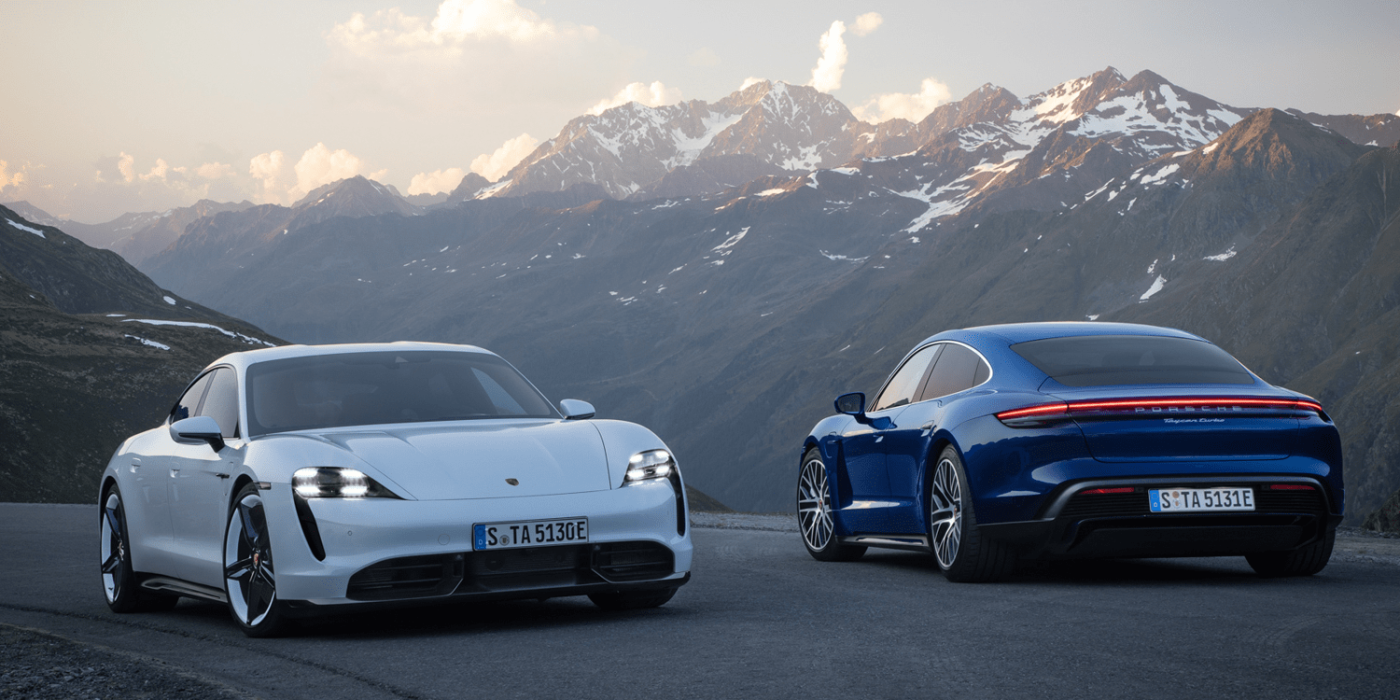
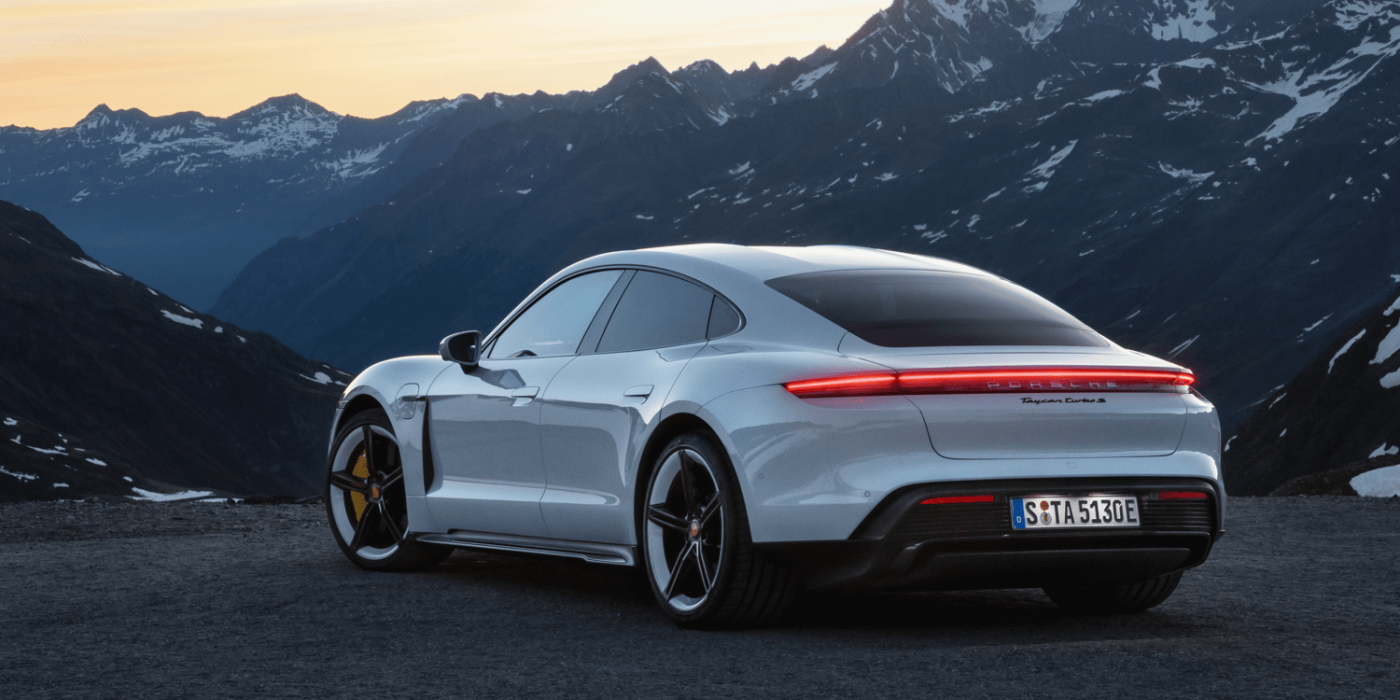
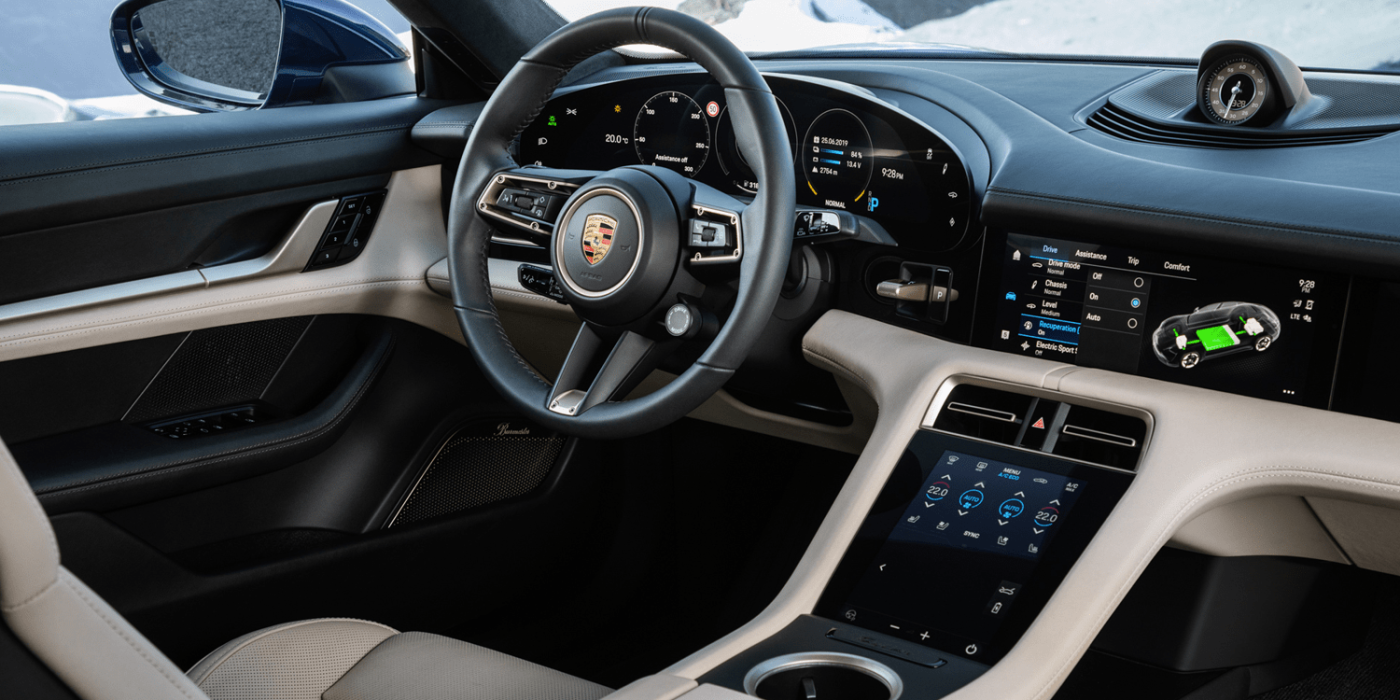
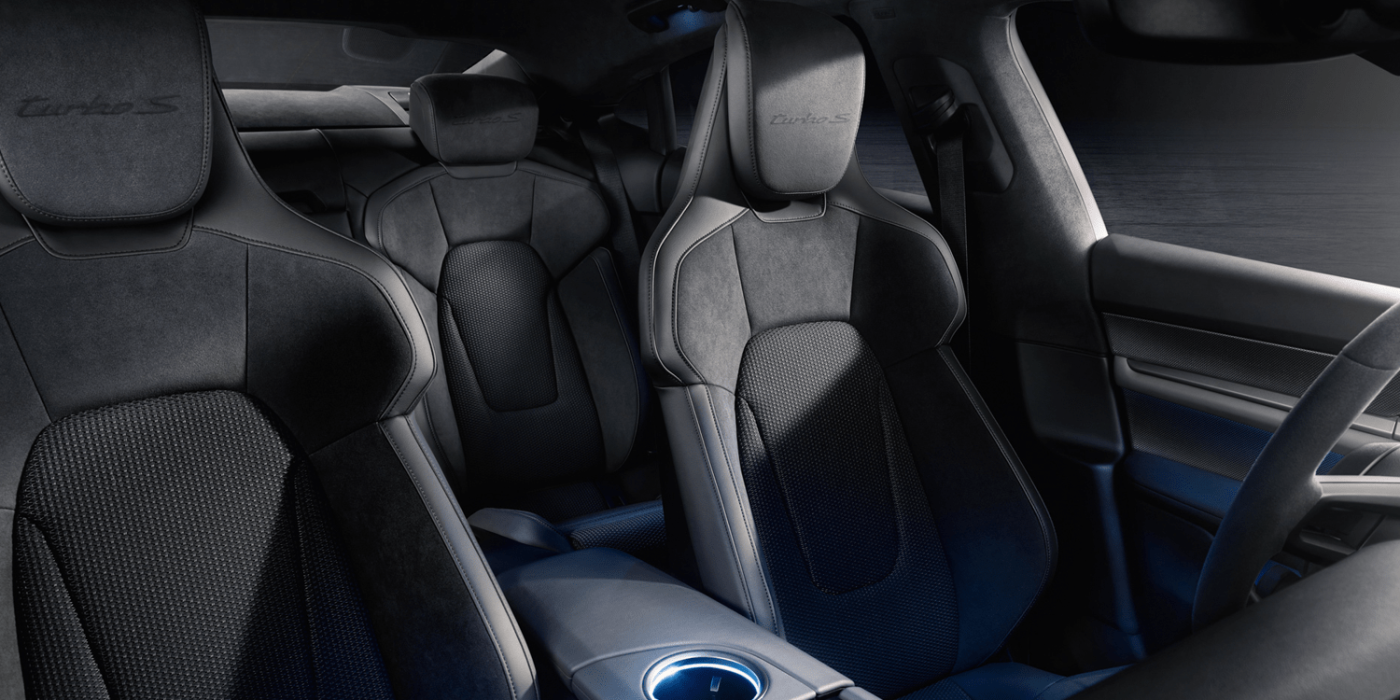
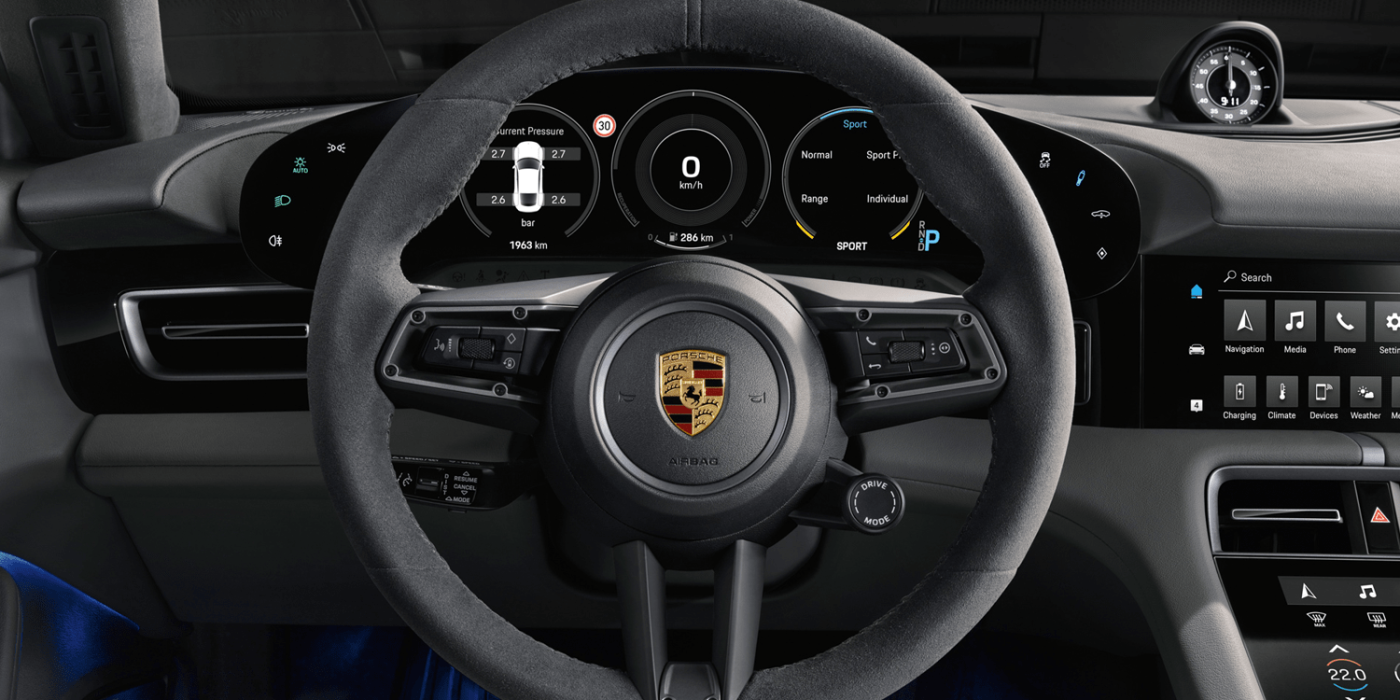
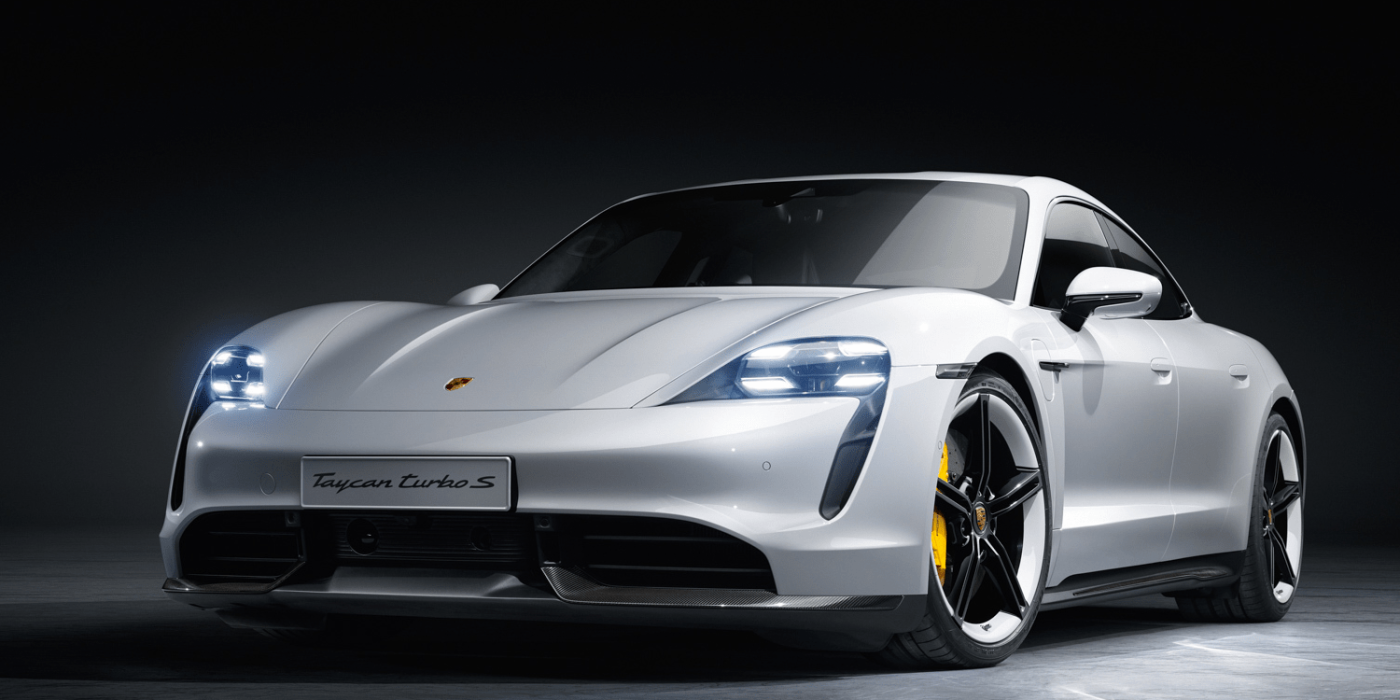
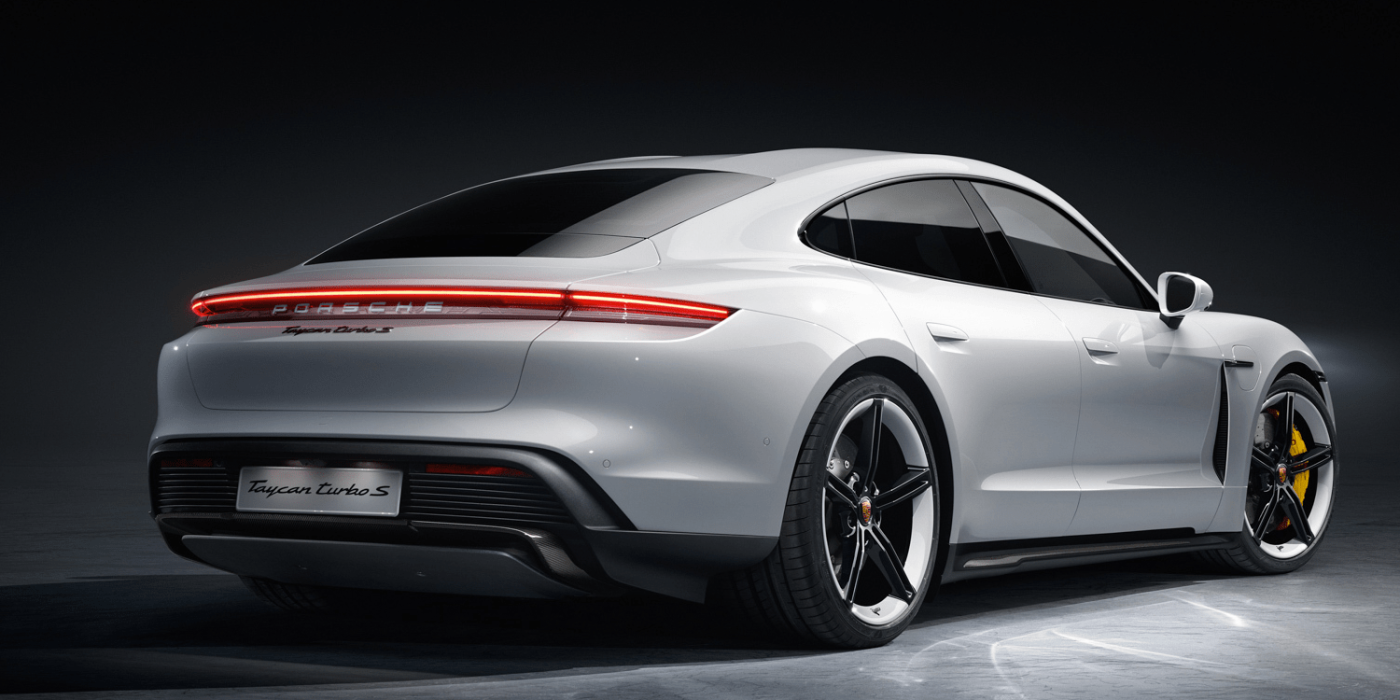
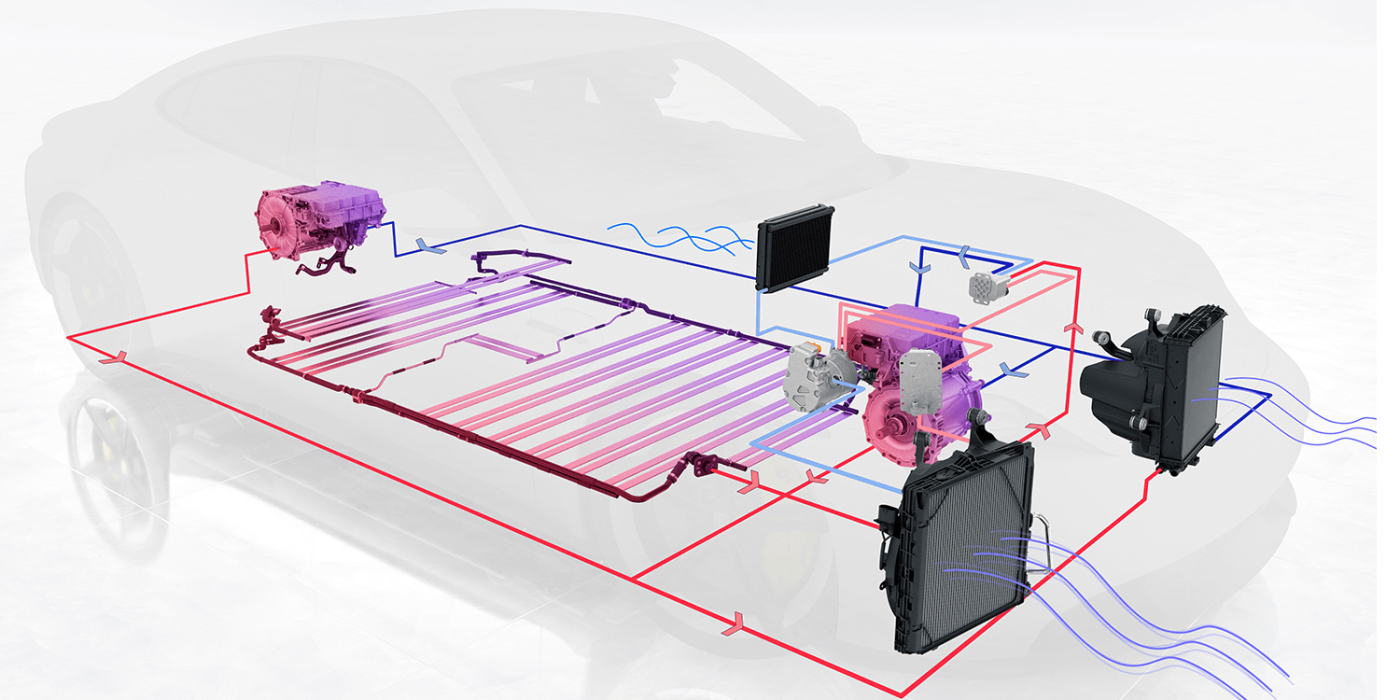
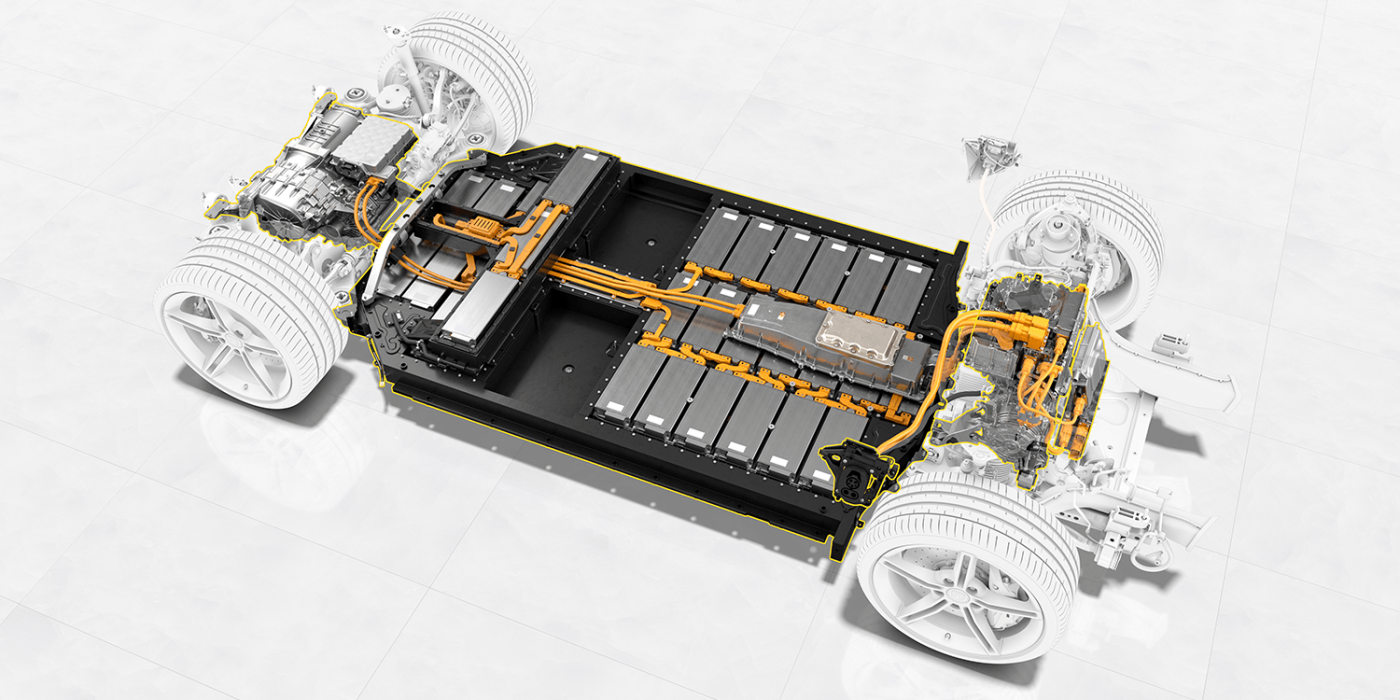
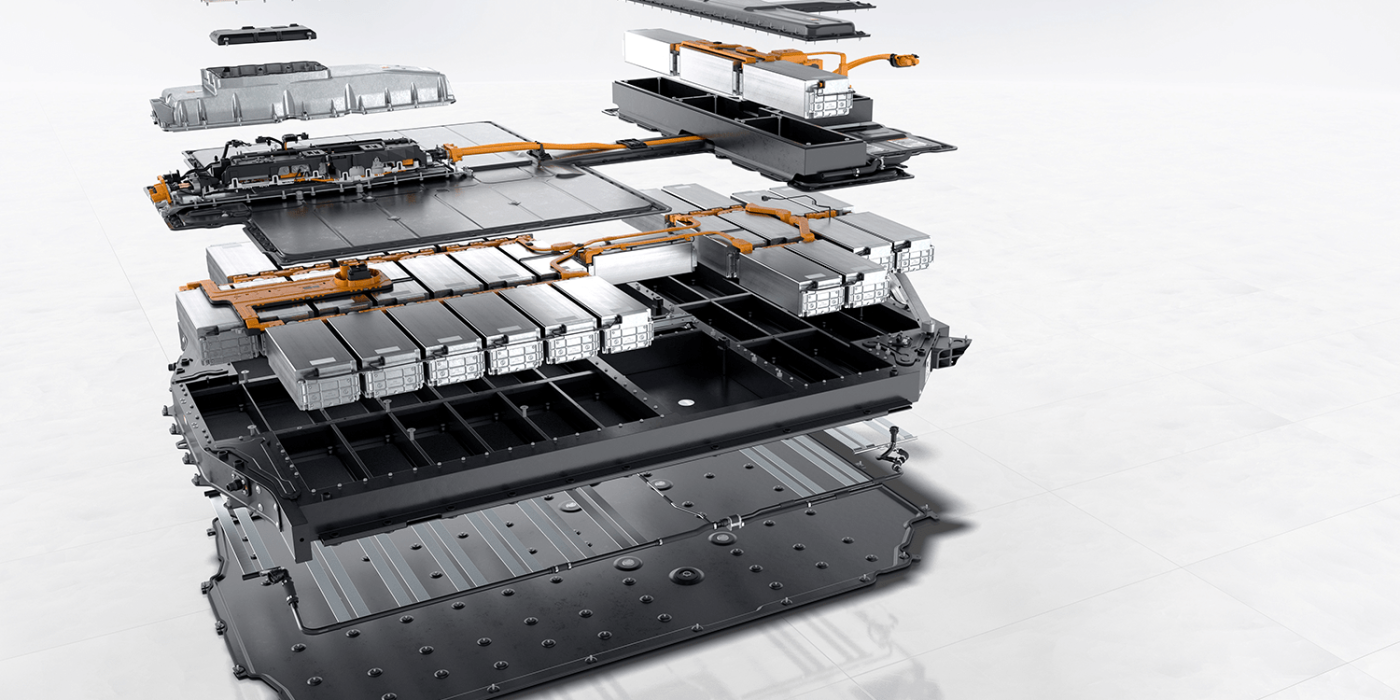
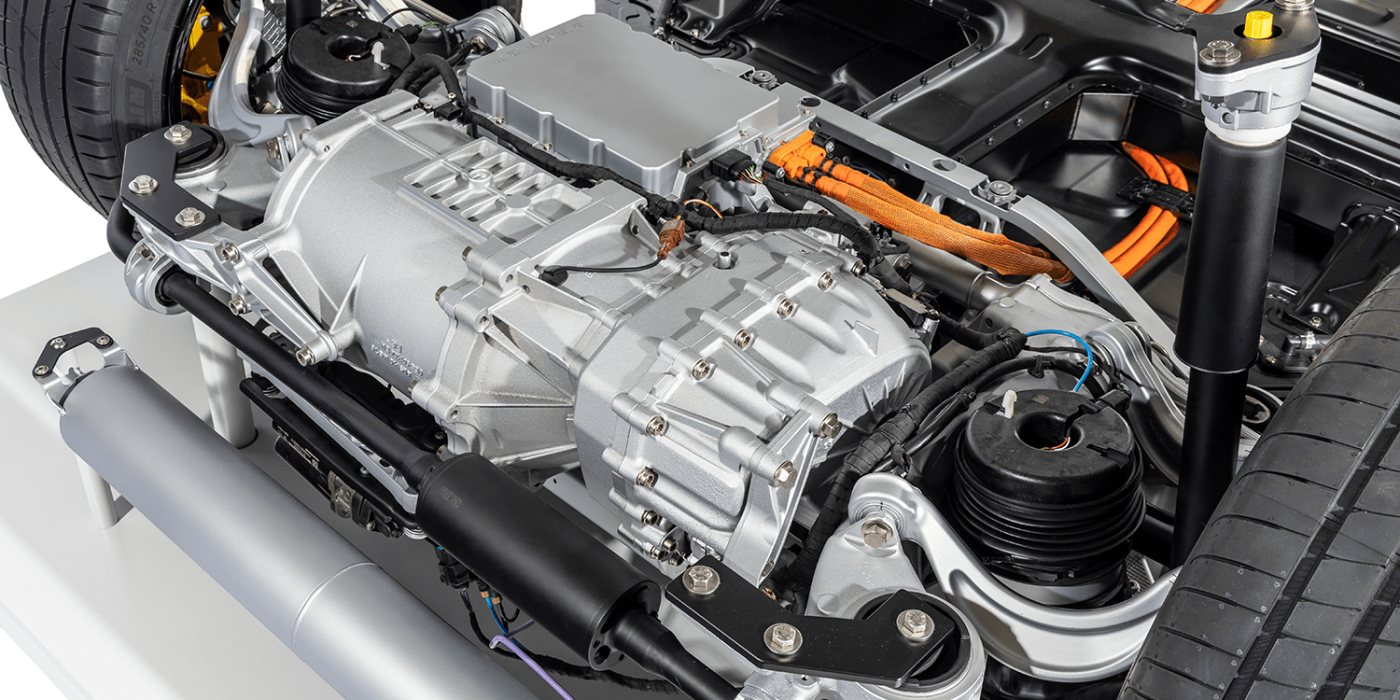
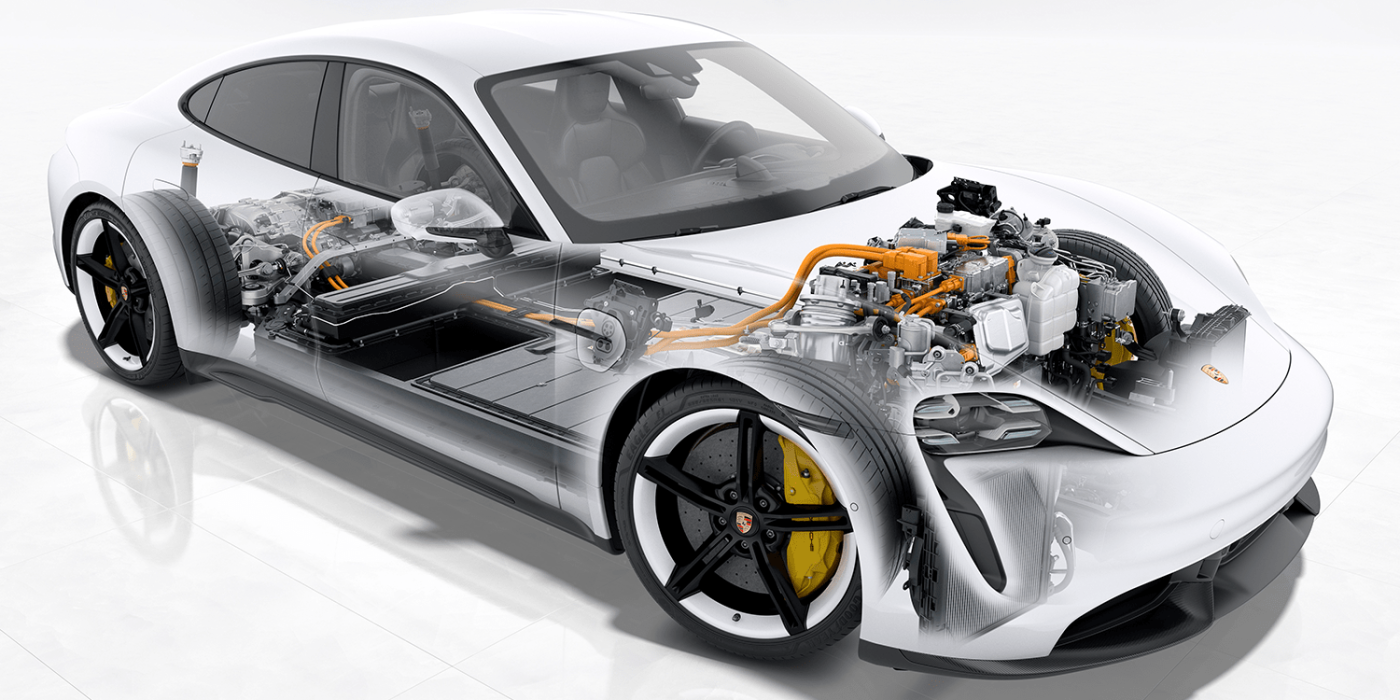
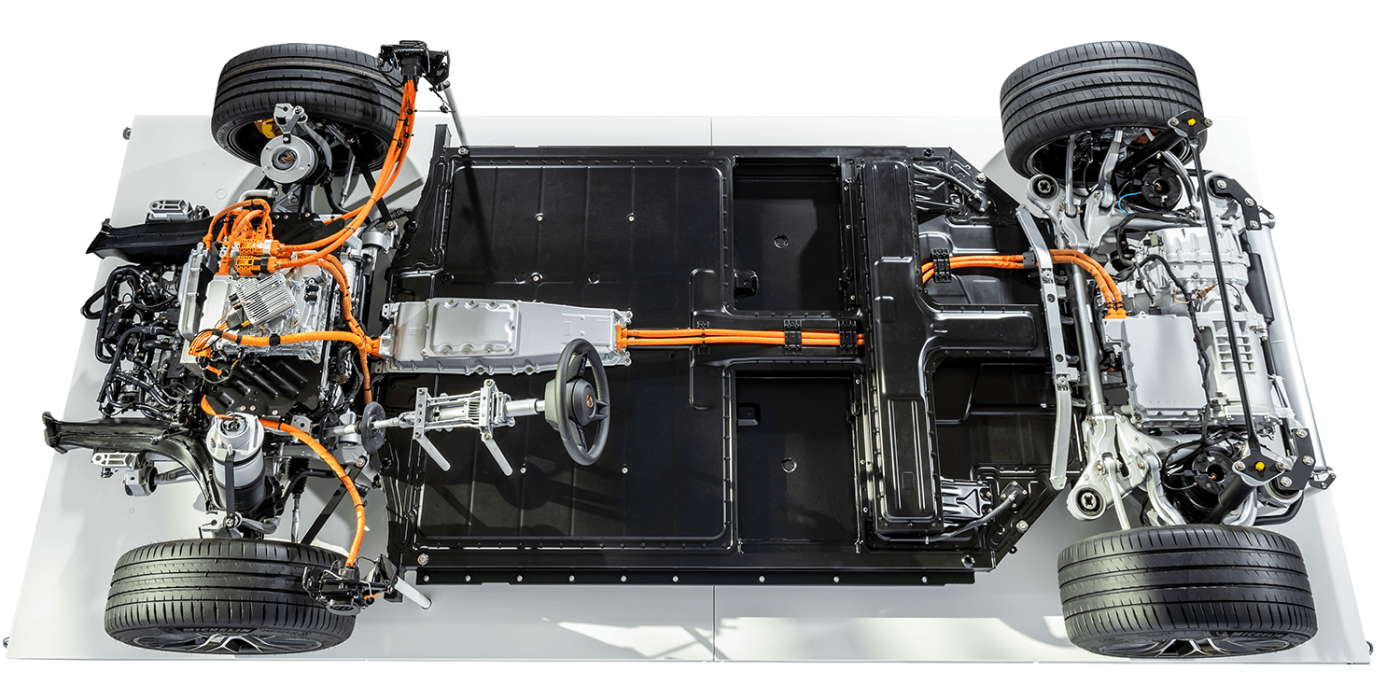
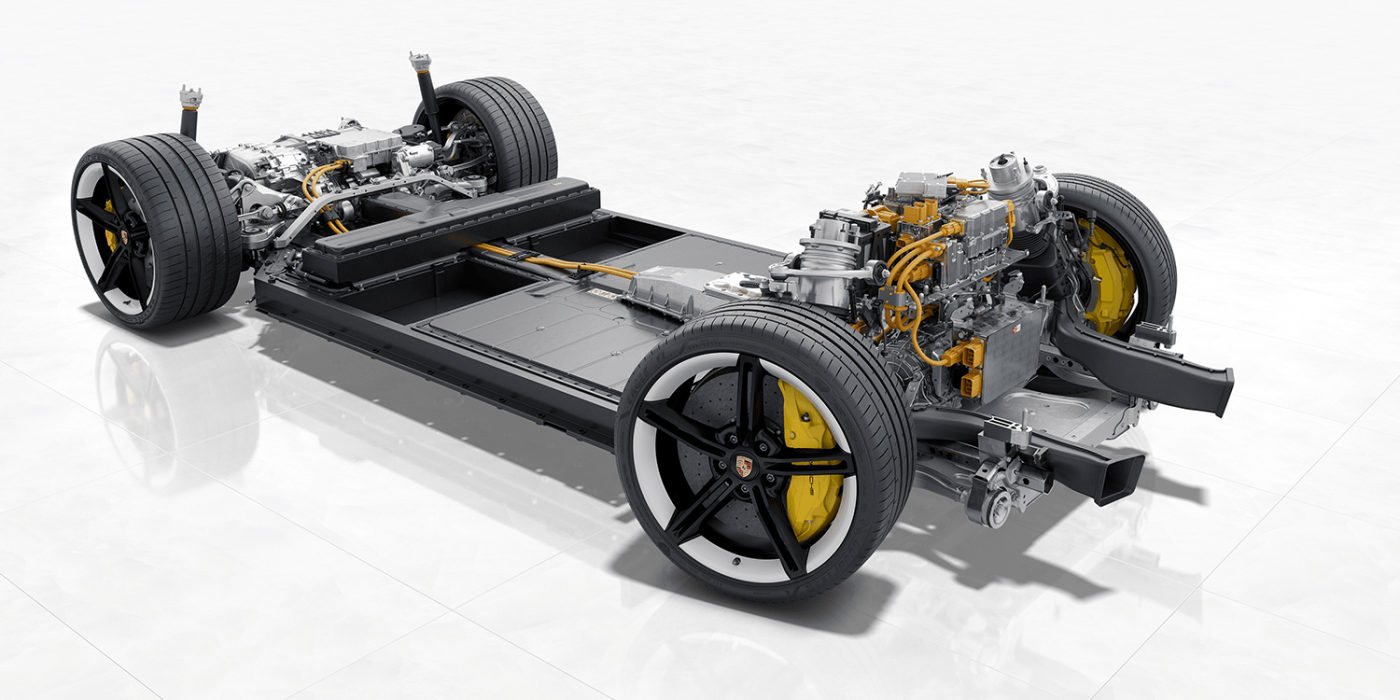
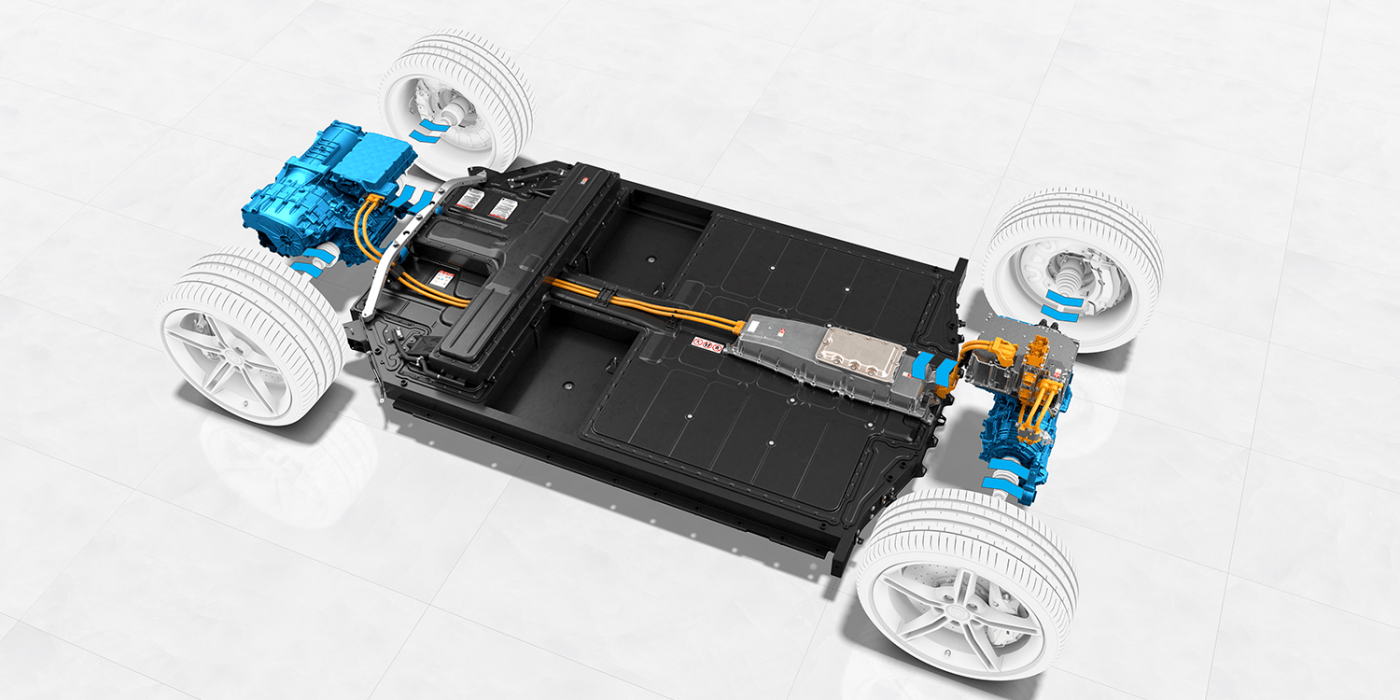
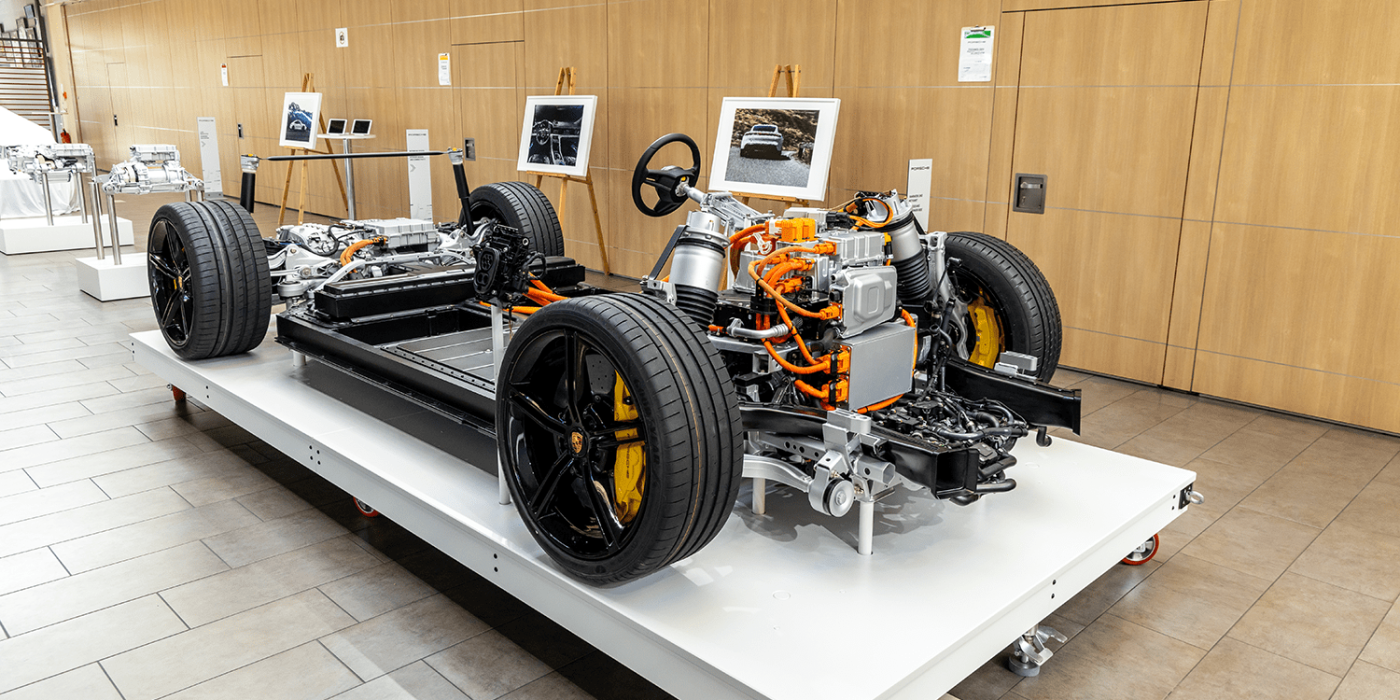
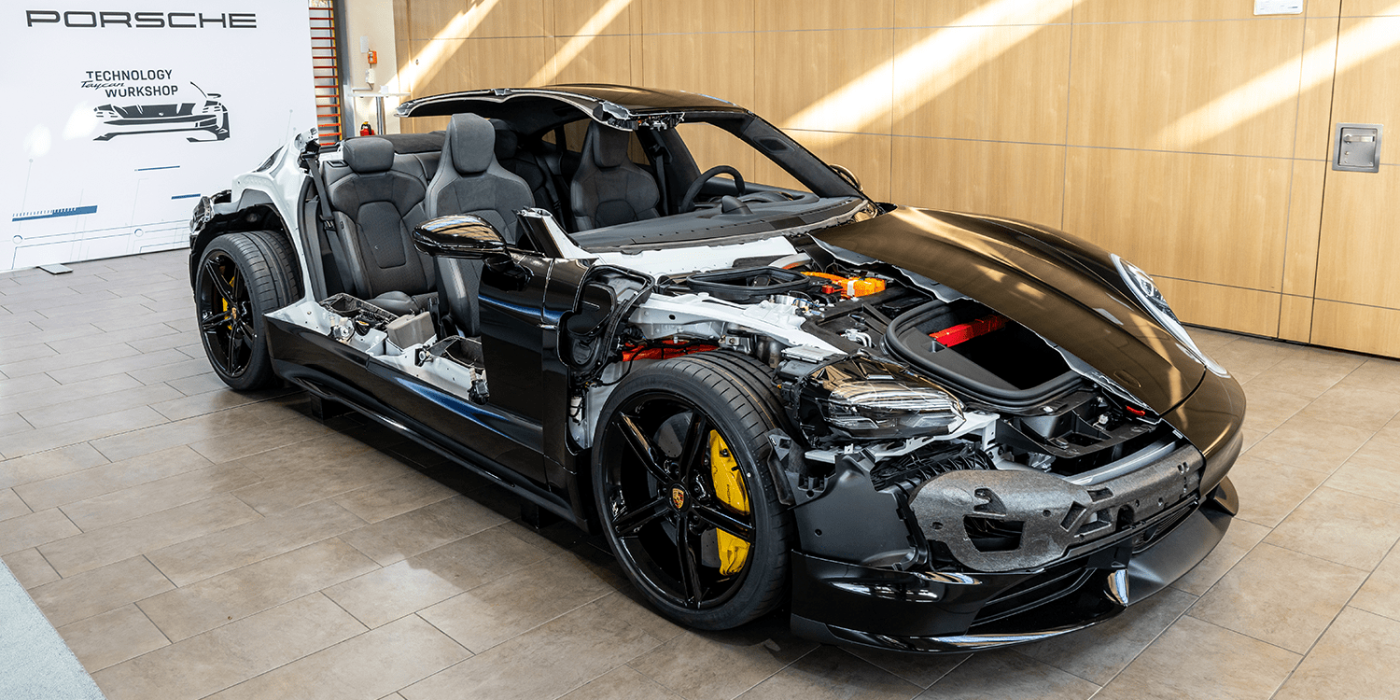
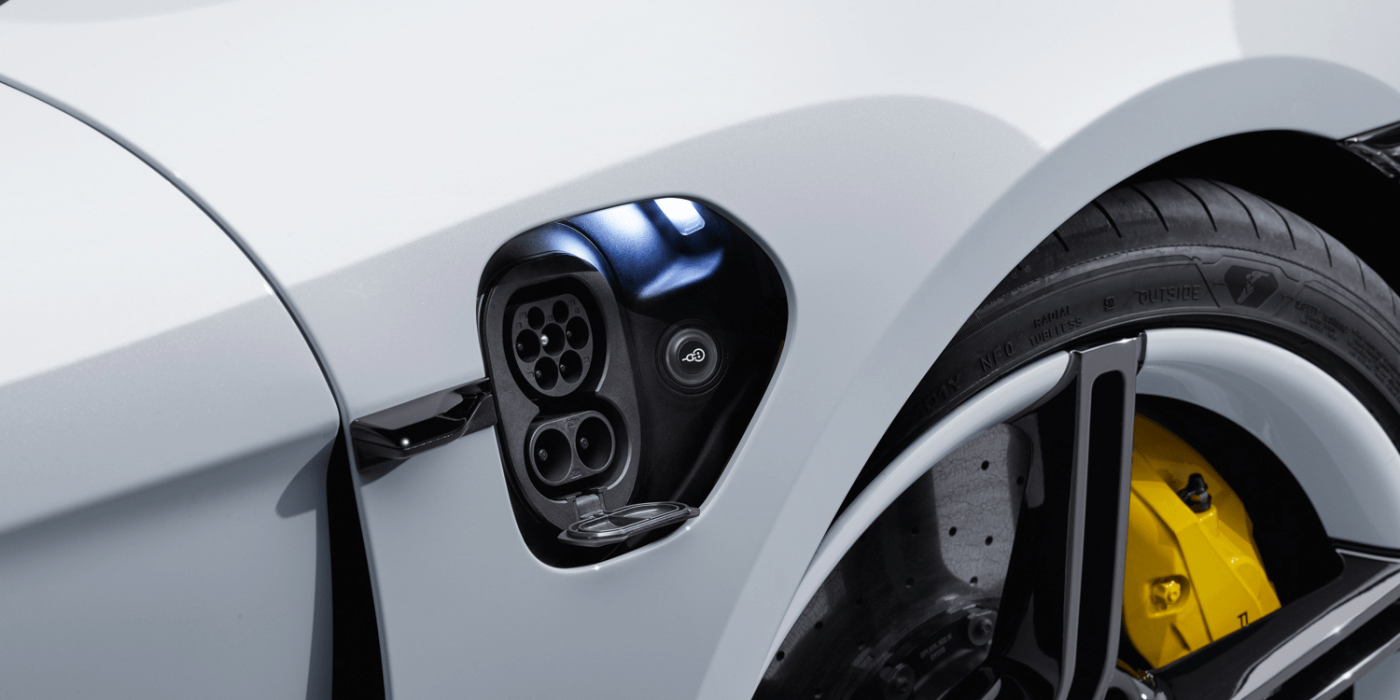
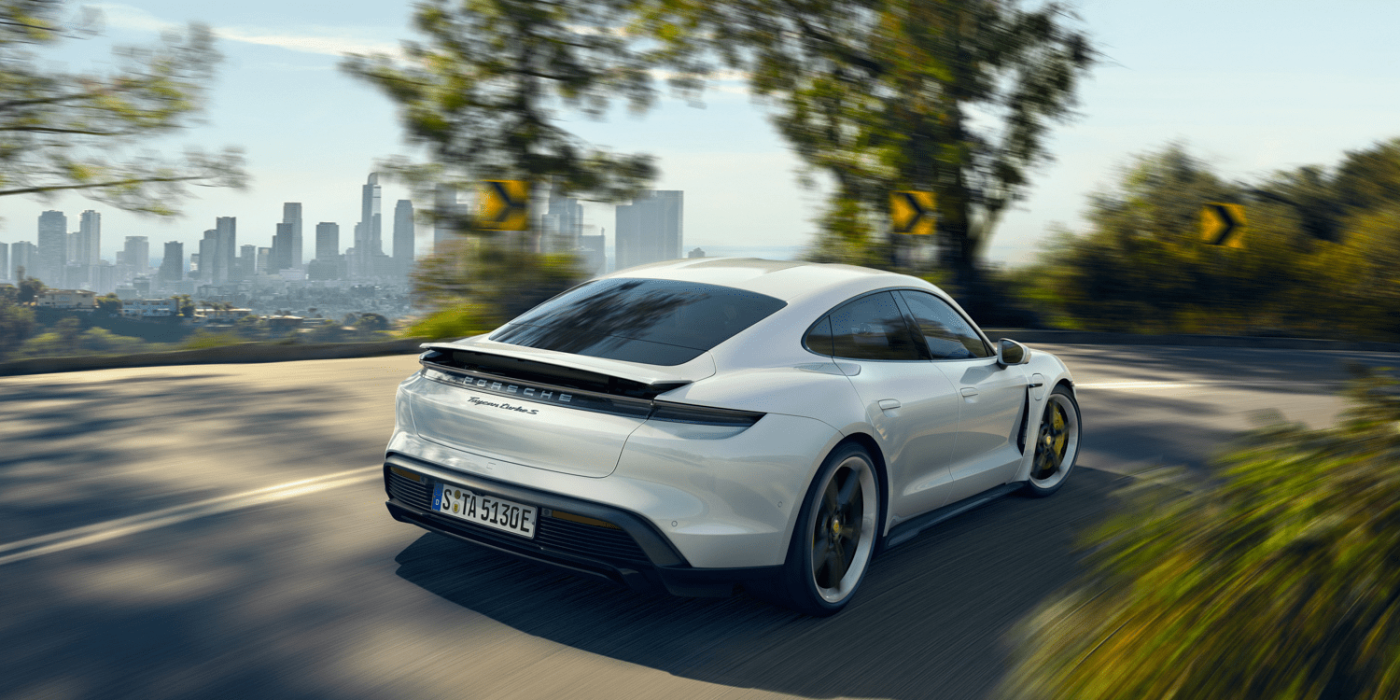
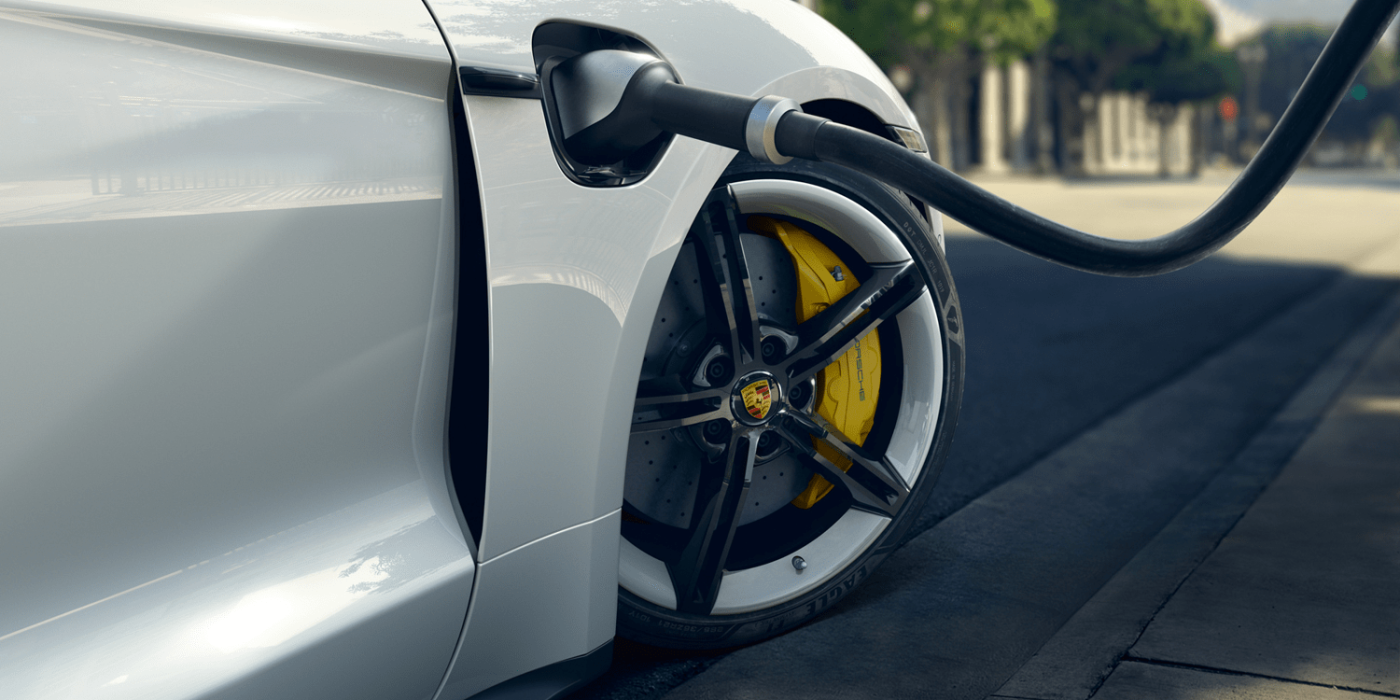
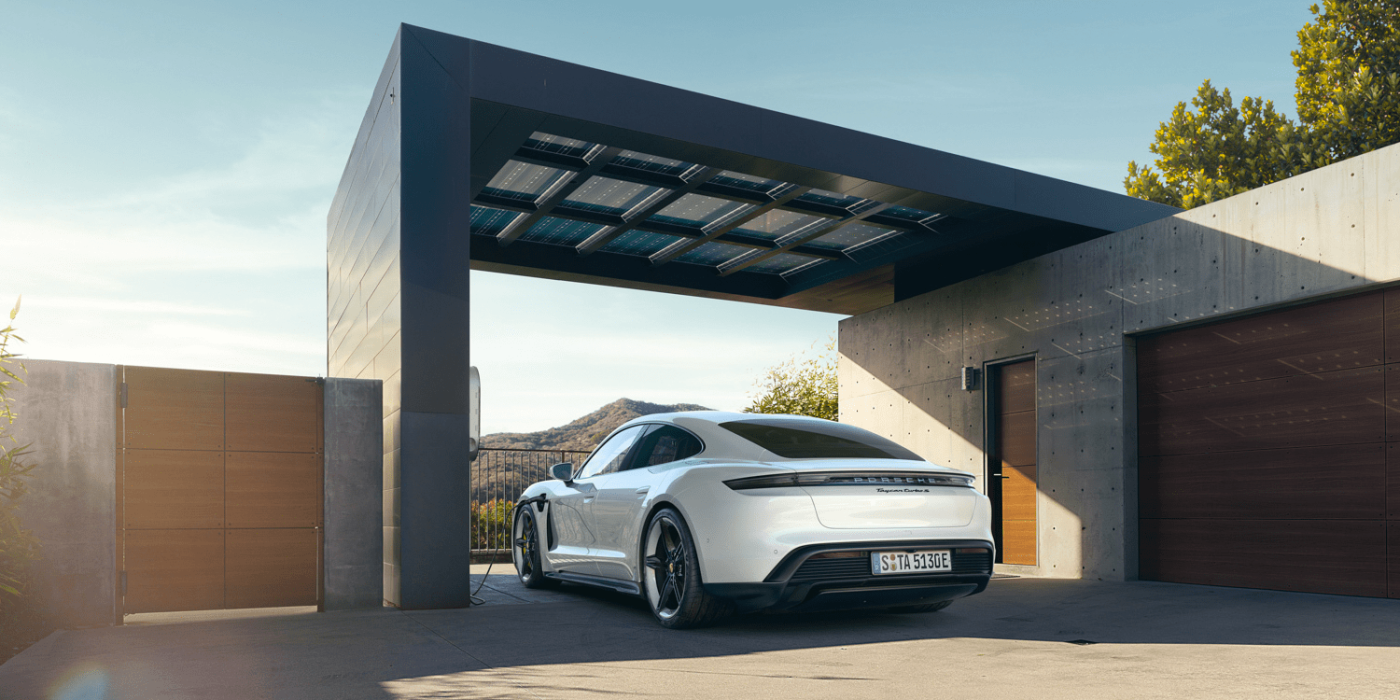
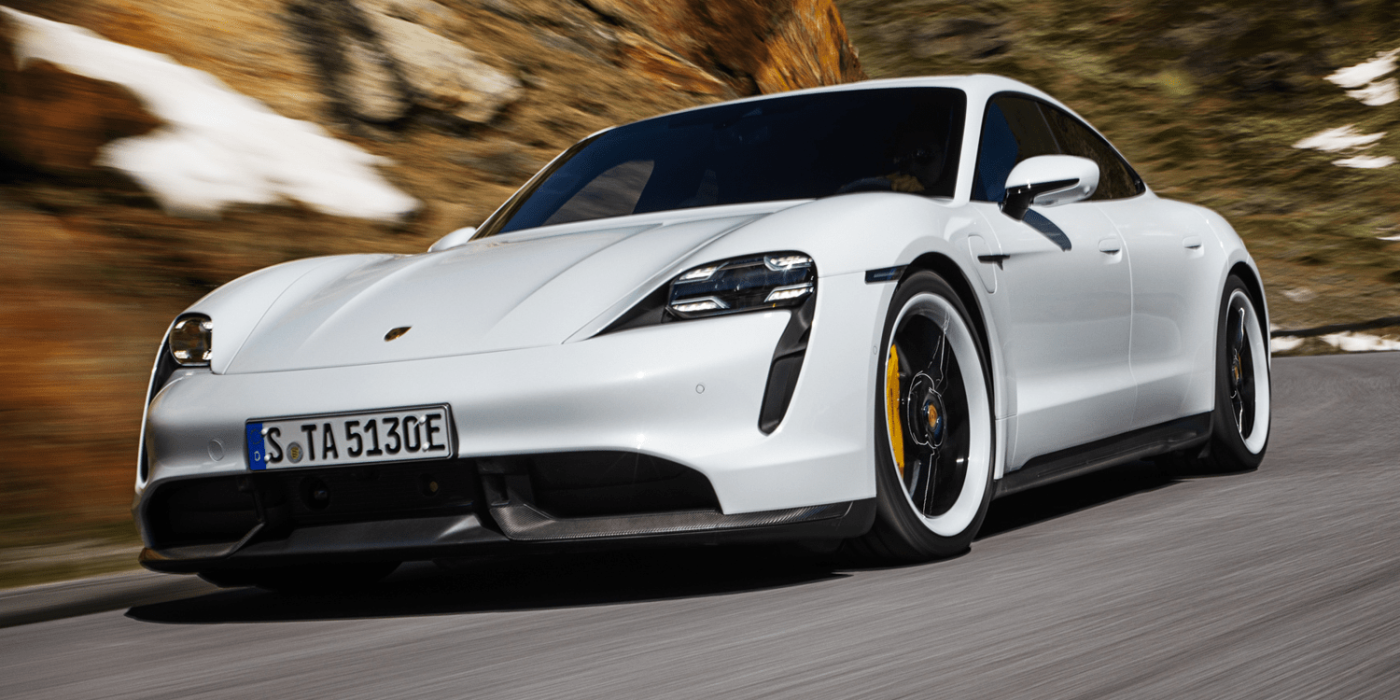
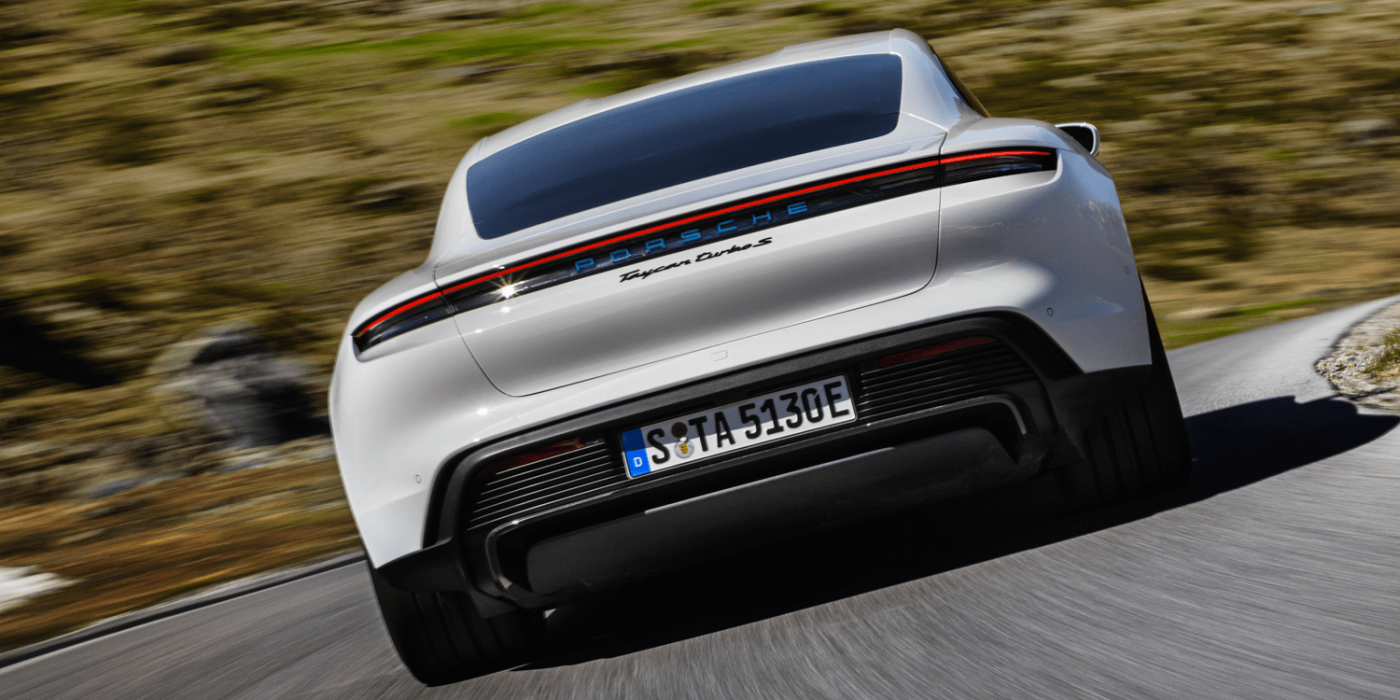
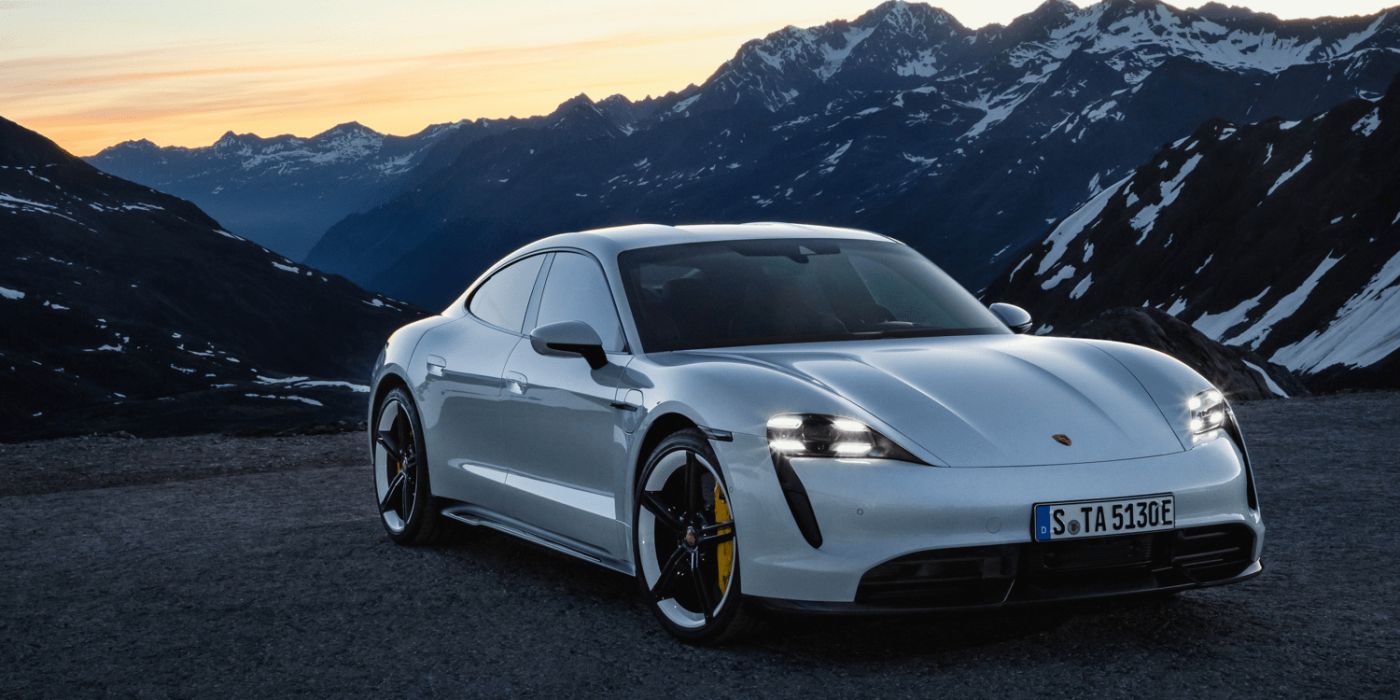
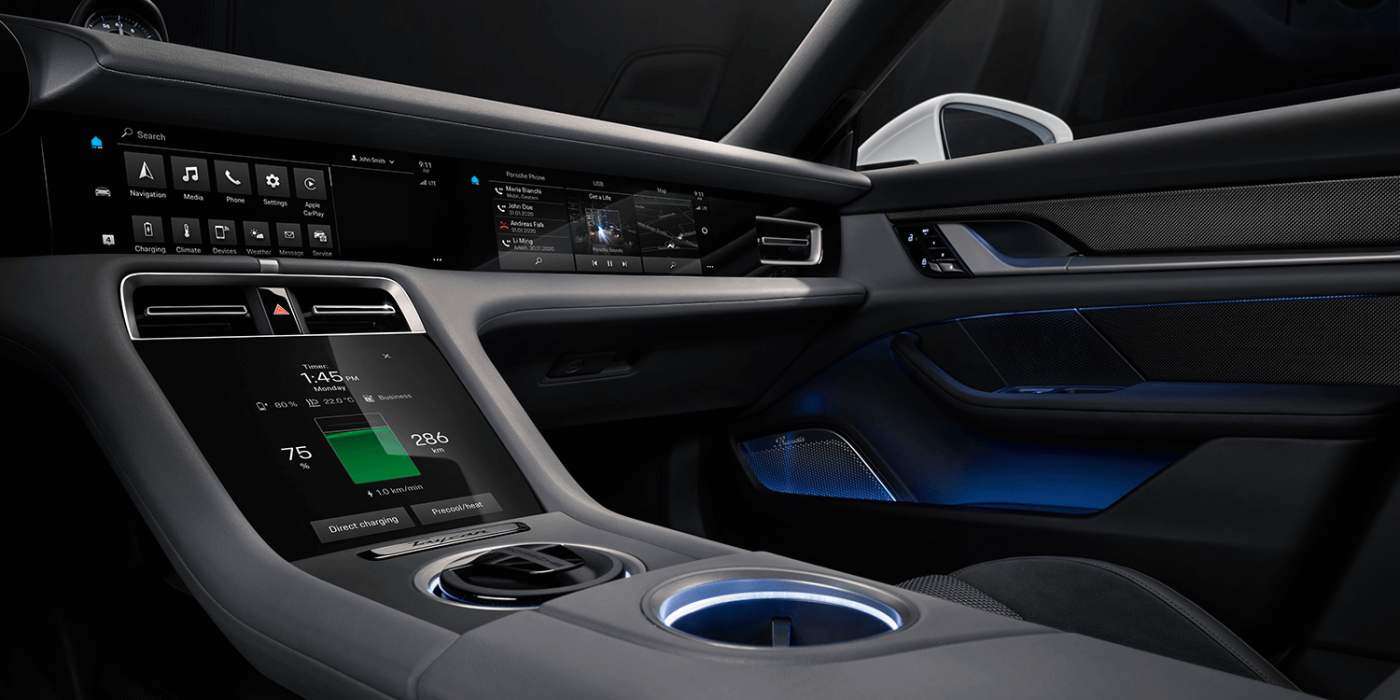
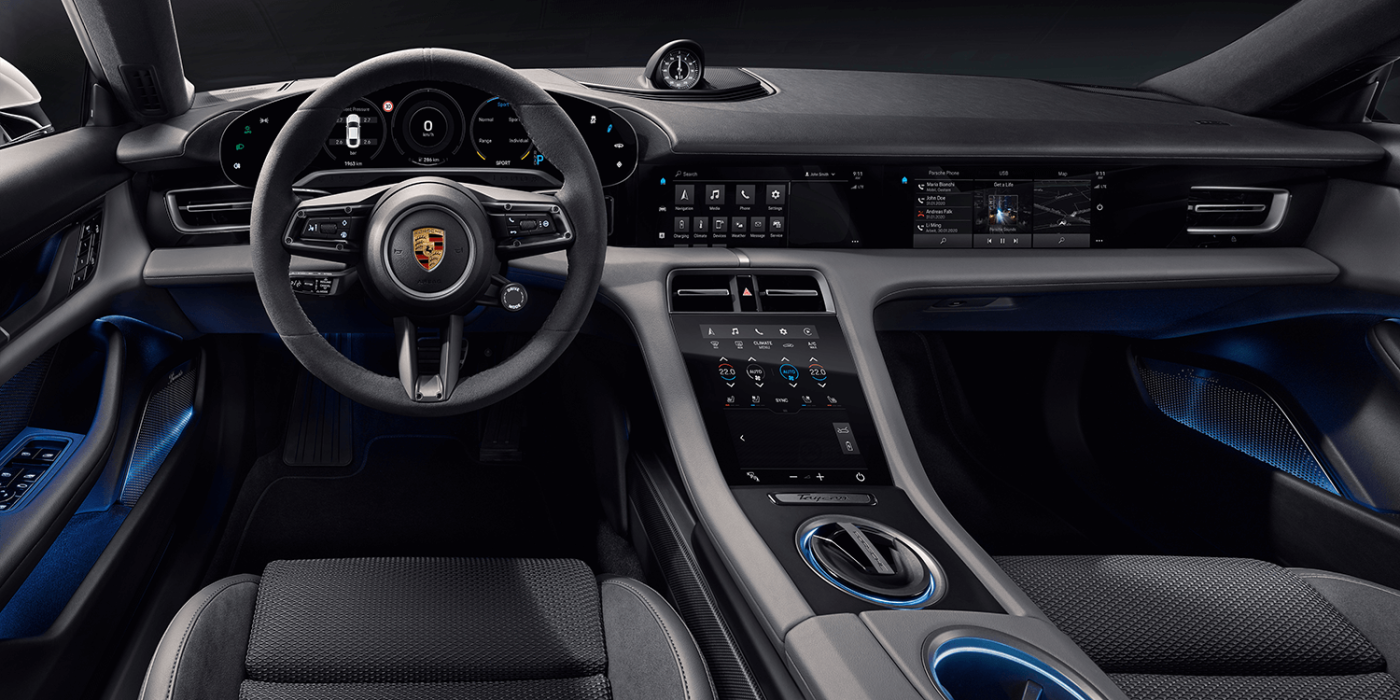
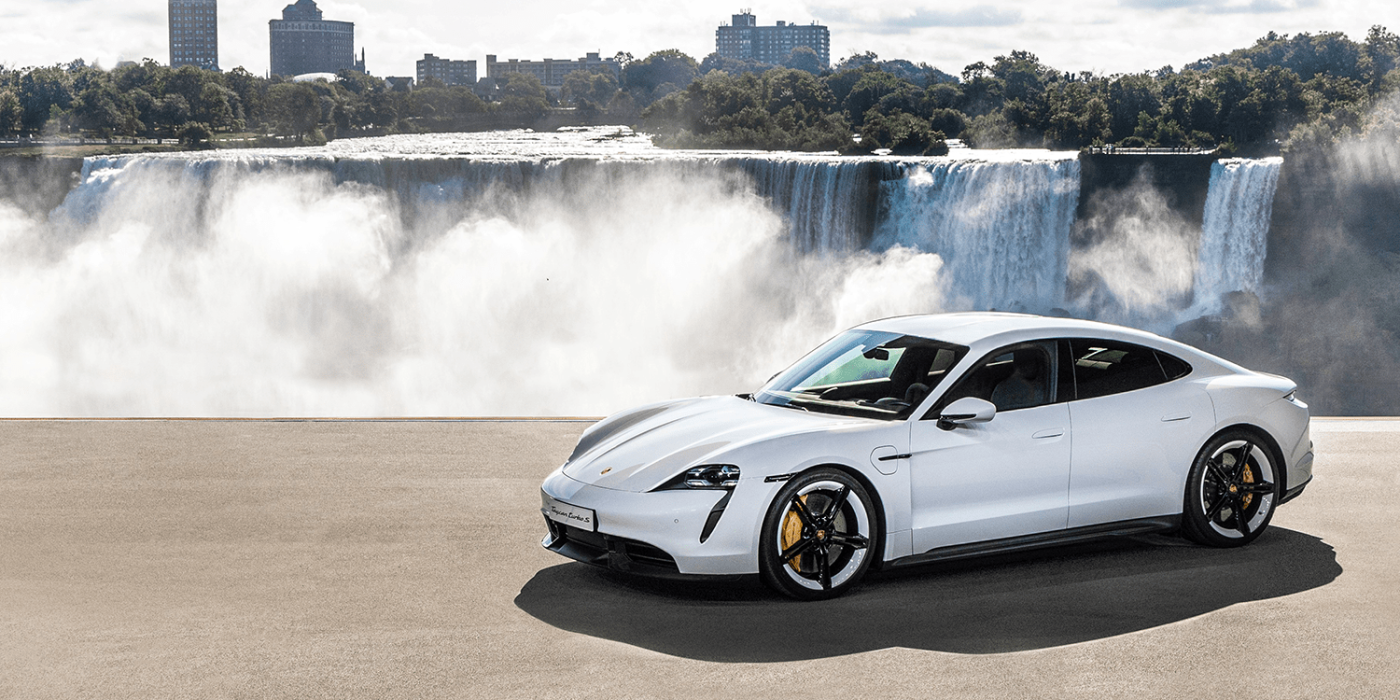
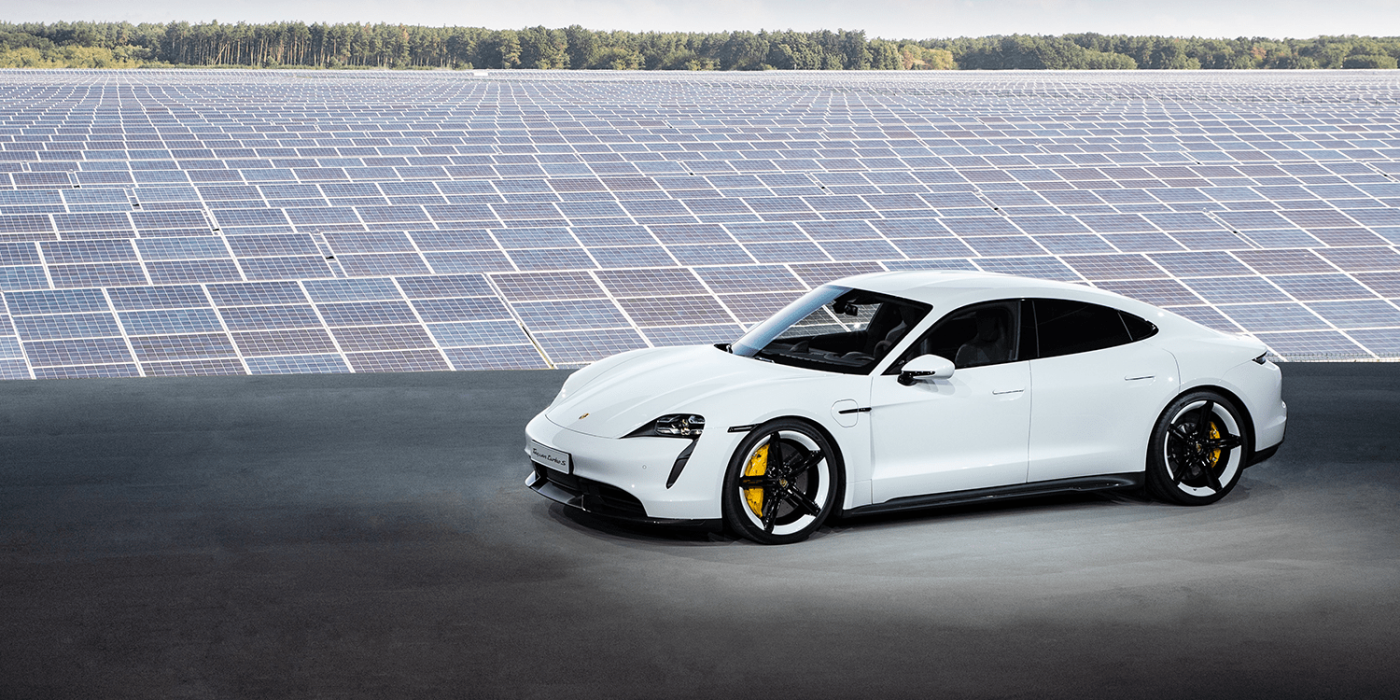
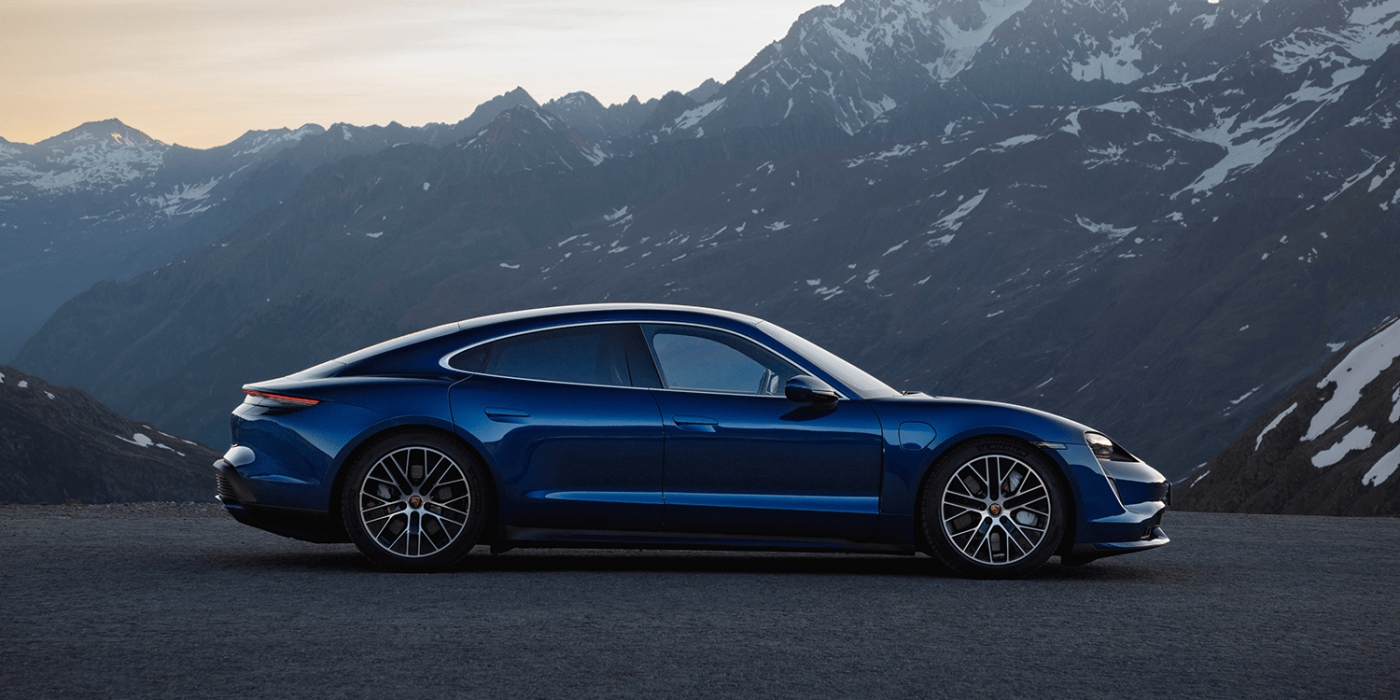
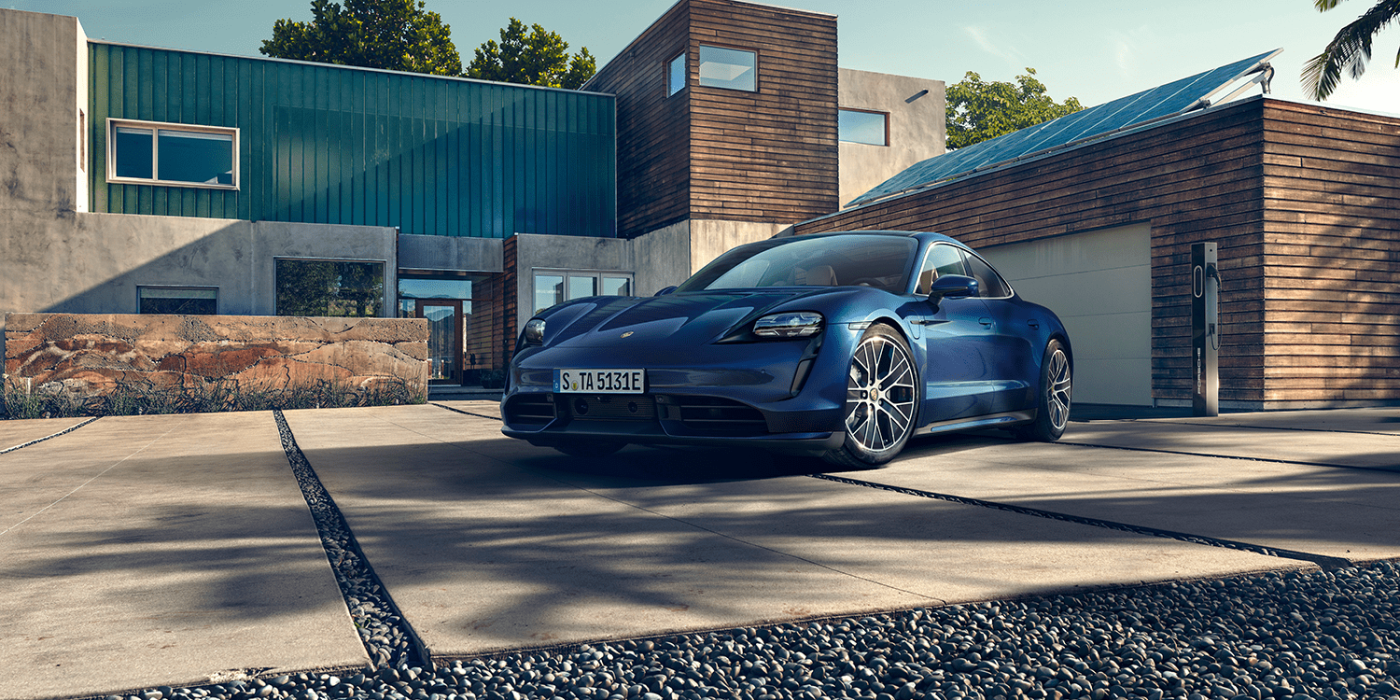
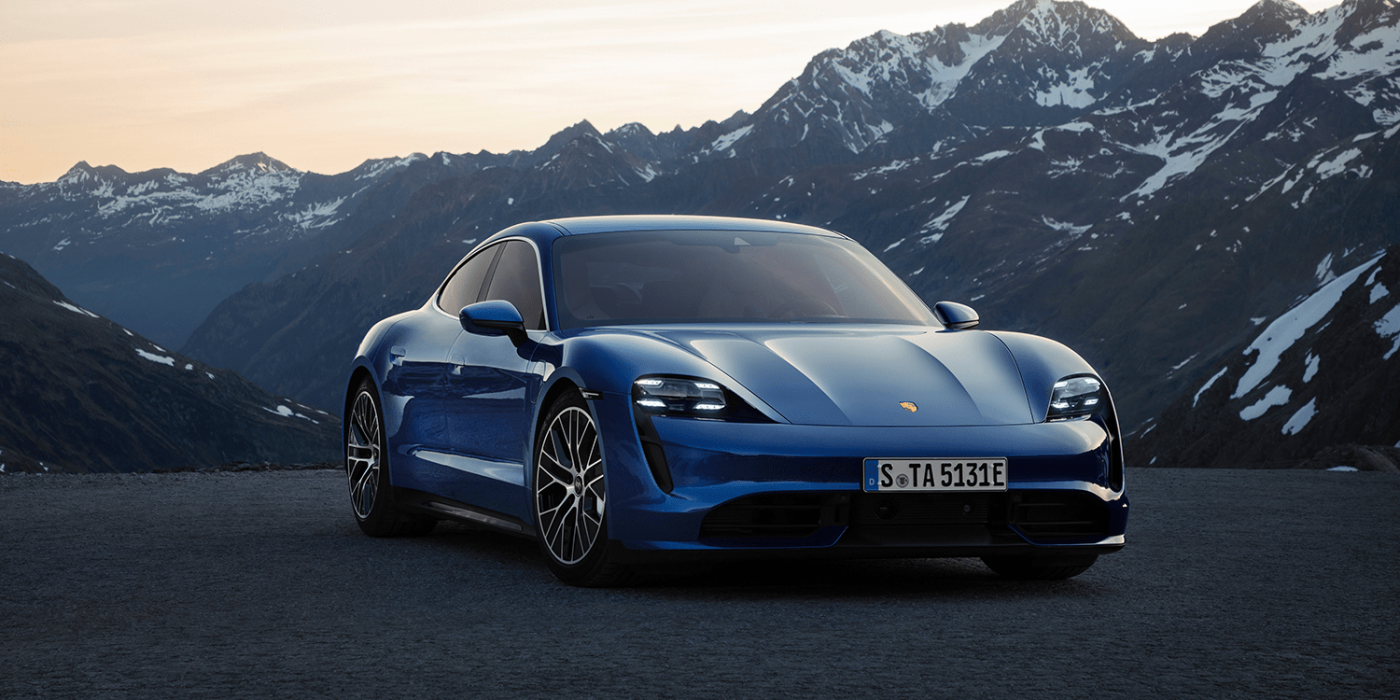
But what exactly is the picture these numbers paint? First of all, that Porsche built a very powerful and fast electric car – which is not surprising. They also managed to build the fastest charging serial electric car currently on the market. So has a German carmaker finally understood the importance of fast charging for electric car drivers? This is the point at which it gets more complicated – and a quick glance at the numbers is no longer enough.
With its 270 kW charging power, the car can charge from five to 80 per cent in just over 22 minutes. The Taycan takes advantage of the fact that it is the first electric car to have a battery voltage of 800 volts – double the voltage for the same power means that only half the current flows and the cables can therefore be thinner and lighter. “The voltage level of 800 volts is necessary to achieve the Taycan’s ambitious goals,” explains Joachim Kramer, head of electronics and electrics for the series. But why not the 350 kW that was once targeted and technically possible? The limiting factor is the battery. “With new battery cells, we can release more charging power over the life of the vehicle with the same residual system,” says Kramer. “The electrics and electronics are designed for 350 kW, but the battery currently provides the maximum output.” By the way, the battery is not manufactured by Porsche itself, but by the supplier Dräxlmaier near the Zuffenhausen plant. The 396 cells (built into 33 modules of 12 cells each) are from LG Chem.
A diagram that electrive was able to view at a preliminary presentation shows a drop in charging capacity of just under 50 per cent State of Charge (SoC). From this value, the charging power decreases, but does not collapse – 75 per cent SoC in 22.5 minutes to charge still means a charging power of 184 kW in this range. But these figures only apply under optimum conditions, i.e. outside and battery temperatures of around 20 degrees. At temperatures around freezing, charging takes 40 to 45 minutes from five to 80 per cent, and 30 to 33 minutes at ten degrees. If the driver uses the Porsche Charging Planner, the car heats up the battery accordingly before charging, so that full power can always be used.
But one more thing: this only applies if the car is charging at a charging station with at least 800 volts. At the 400-volt charging points, which are still more common at present, the charging capacity depends on the equipment of the Taycan. Only 50 kW is possible as standard, even if the station offers more. Those who order a high-voltage booster, for an extra charge of €416,50, can then charge with 150 kW on a DC charger. We hope at this point that the Porsche dealers will advise their electric customers well. The frustration potential of hanging a Taycan on a supposedly fast-charging station for a long time is great.
Similar to the e-Tron, Porsche engineers opted for two charging sockets between the front wheel and the door – and they still managed to do it quite differently to Audi: the Taycan has the CCS connection on the passenger’s side and a Type 2 connection in front of the driver’s door. The logic: the driver can charge with their wallbox at home with just one hand movement after they leave the vehicle. The CCS port is better located on the passenger side for most public fast-chargers, which are usually positioned at the front of the car parks. Porsche is targeting the Ionity charging parks in particular, as there are often sloping parking bays in front of the charging stations. With the long bonnet of an e-Tron and the charging socket on the driver’s side, things can get a little tight.
The AC charging capacity is currently 11 kW, and a 22 kW onboard charger is to be ordered soon from Audi as well. But here, too, Porsche is taking a different path than Audi: while the Ingolstadt-based Audi will simply install a second 11 kW charger in the e-Tron, Porsche will offer a newly developed 22 kW charger – which will then be only 50 per cent larger than the 11 kW version. There would have been no room for more in the stem of the Taycan.
This brings us to the next subject: design. This is probably the biggest difference between the Porsche and the electric cars from Daimler and Audi. Porsche consistently exploits the fact that they started designing the Taycan with a blank sheet of paper and don’t have to build on a combustion platform. Despite the charging technology, crash structures, the front engine including power electronics and the components for the air suspension, the front remains noticeably flat and still offers a front luggage compartment with space for more than one charging cable. In the Taycan, the front boot is said to be only slightly smaller than in the 911, but still big enough for a hand luggage trolley – 81 litres to be precise.
This is also due to the chassis and drive, because, as the Taycan series manager Stefan Weckbach repeatedly emphasizes, these were developed under the precondition “that it must be a real Porsche”. The driver has the same body angle (and thus the seat position) as in the 911, but sits slightly higher due to the battery. Since the 650-kilogram power storage unit is mounted on the underbody, the Taycan has the lowest centre of gravity of all current Porsche models.
This not only improves the handling, but also the standard all-wheel-drive (at least with the two turbo models). The electric all-wheel drive reacts up to five times faster than a mechanical all-wheel drive in a combustion model, as there is no inertia of the cardan shaft or the like. The traction control reacts ten times faster: its algorithms are integrated into the pulse inverters in the Taycan. When traction control intervenes, the motor itself is not braked, but less direct current is generated in the inverter. According to Porsche, this is not only faster, but also more efficient. “This gives us a very flexible all-wheel distribution,” says Ingo Albers, Project Manager Chassis. “If we’re only one watt more efficient with a different distribution, then we’ll regulate it like this.”
The extremely large brake discs for an electric car are also conspicuous – the Taycan Turbo S has 420 millimetres at the front and 410 millimetres at the rear. The brake discs on electric cars are usually smaller because of the recuperation, the ID.3 from VW has only cheap drum brakes on the rear axle. Doesn’t Porsche use recuperation? “The brake discs would be much bigger without the recuperation,” says Albers. Nevertheless, Porsche assumes that 90 per cent of all braking processes are only carried out via the electric motors, the recuperation power is 265 kW.
Despite this performance, the Taycan’s braking system is likely to divide opinions: Many electric car drivers like the one-pedal feeling, but Albers and the drivetrain team have chosen a different solution. “A sports car should not decelerate when accelerating, but should roll out as much momentum as possible,” says Taycan manager Weckbach. In other words, if the Taycan driver disengages the accelerator pedal, the car continues to roll – a slight recuperation can also be activated on request. When the driver then presses the brake pedal, the electric brake is first applied and the disc brakes only intervene when the brakes are applied more forcefully.
According to Albers, this decision has a lot to do with the sporting orientation of the Taycan. “Without the one-pedal feeling, we can always guarantee the same braking sensation, whether the battery is warm, cold, full or empty,” says the suspension manager. “In addition, this is the only way we can achieve such a high recuperation performance at all. The deceleration of up to 265 kW can hardly be sensitively controlled only via the accelerator pedal.”
When the otherwise quiet engineer talks about the drive, he starts to rave. “Electric motors have opened up a new world for chassis engineers,” says Albers. The fast reaction times and independent drive forces at the front and rear axles would make driving manoeuvres possible in electric cars that would be inconceivable with a combustion engine. Not only in terms of performance, but also in terms of safety.
With up to 560 kW and over 1,000 Nm torque in the over-boost mode, the two electric motors can briefly reach enormous values, the standard output of 460 kW should also be sufficient in the vast majority of cases. At the same time, the engines are relatively compact and light, and the front engine (peak: 190 kW) weighs only 76 kilograms without oil. This is made possible by a special design of the stator with so-called hairpin windings. Instead of a coiled copper wire (known in technical jargon as a draw-in coil), Porsche relies on solid copper forming rods. There is even still a little distance between the tightly wound copper wires – but the forming rods fill their entire installation space with copper. According to Porsche, the so-called filling factor is thus 70 instead of 45 per cent.
The front axle of the Turbo and Turbo S have identical engines, but the Turbo S has a stronger pulse inverter. The more powerful model achieves up to 600 amp and 440 Nm at the top, the turbo up to 300 amps and 300 Nm. On the rear axle, the engine is the same in both turbo versions: Up to 335 kW, 610 Nm at 600 amps are in the data sheet.
The special feature, however, is the two-speed transmission of the rear-drive unit developed especially for the Taycan. The first gear is only activated during sporty driving and is necessary to achieve the acceleration values. The second gear is engaged between 80 and 100 km/h, depending on the driving modes and situation, and ensures more economical operation or a top speed of 261 km/h. The first gear is only activated when driving in sporty style and is necessary to achieve the acceleration values.
The premiere of the two top models will be followed gradually by cheaper versions with less power and a smaller battery. Since Porsche has adopted the name of its combustion engine series (the Taycan obviously has no turbo), it shows what is possible: from the simple basic Taycan with a small battery and a weaker rear engine without gearbox, to a Taycan 4 four-wheel-drive offshoot and somewhat stronger S versions than the Taycan S or Taycan 4S, to a rear-driven Taycan GTS with the two-speed drive unit from the turbo models. Which variants Porsche implements and when has not yet been revealed. We had already reported about corresponding rumours here.
But one thing is clear: there are a total of four driving modes to adapt drive, chassis and aerodynamics. The normal mode (in which the WLTP range is also determined), the typical Porsche Sport and Sport Plus modes as well as the “Range” mode, which it seems the carmakers didn’t want to name “Eco”. In this mode, the chassis is lowered slightly for better airflow, auxiliary consumers such as the air conditioning are lowered and the drive is also set to efficiency. Then the Taycan may even become a front-wheel-drive engine – the compact front electric motor is simply more economical than the one on the rear axle. Electric mobility obviously has obviously opened up completely new perspectives and ways of thinking at Porsche.
This applies not only to the innovative production of the Taycan, which has been described several times (and which is to be made CO2-neutral with the help of certificates) but also to the realisation that nowadays emulating a good idea isn’t considered bad. Similar to Tesla, Porsche wants to place charging stations at selected hotels and restaurants – the Porsche Destination Charger.
If the project – possibly also in the VW group – finds even more imitators, this not only helps the planned sales of electric cars but also helps electric mobility in general. At least at Porsche is taking a clear course. “I am firmly convinced that electric mobility will be a success story for Porsche,” says CEO Oliver Blume.


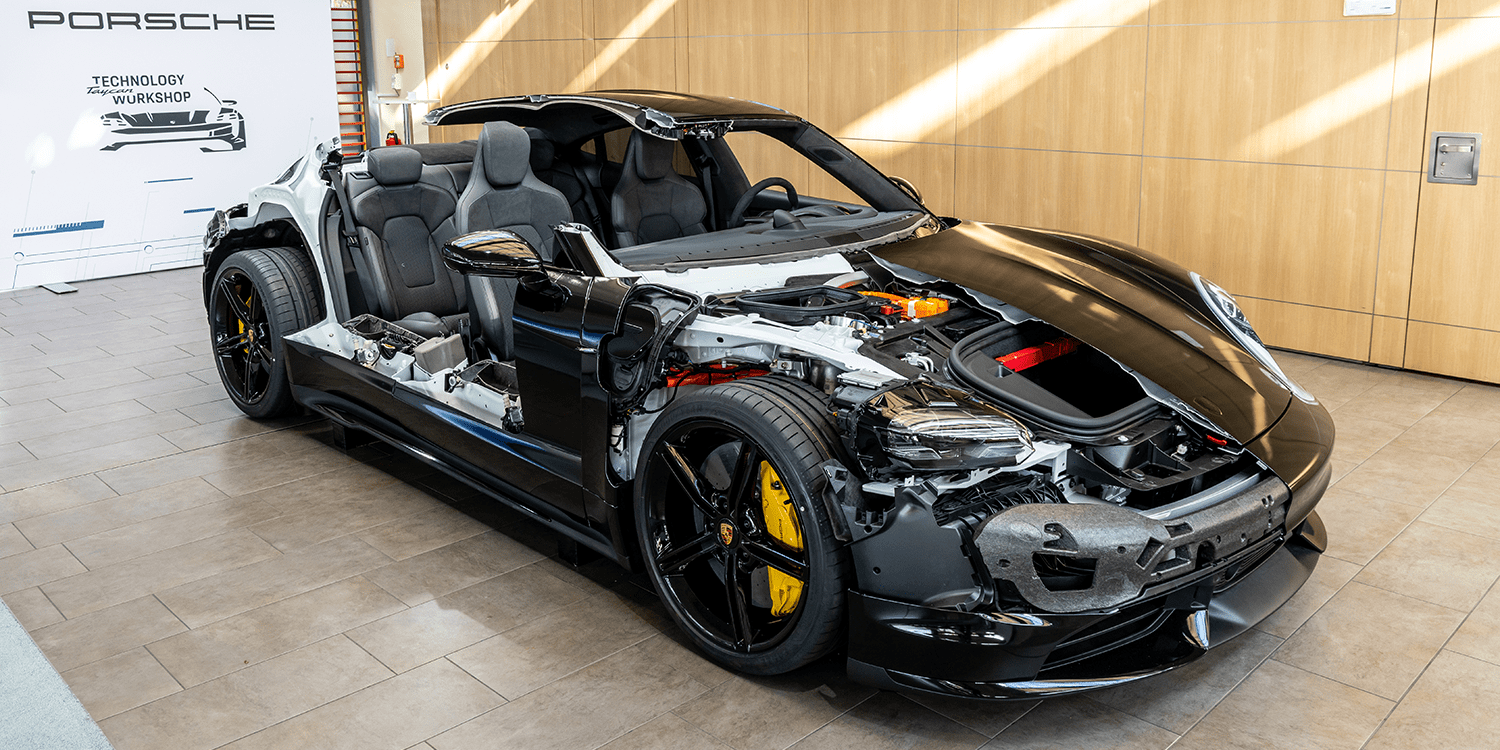
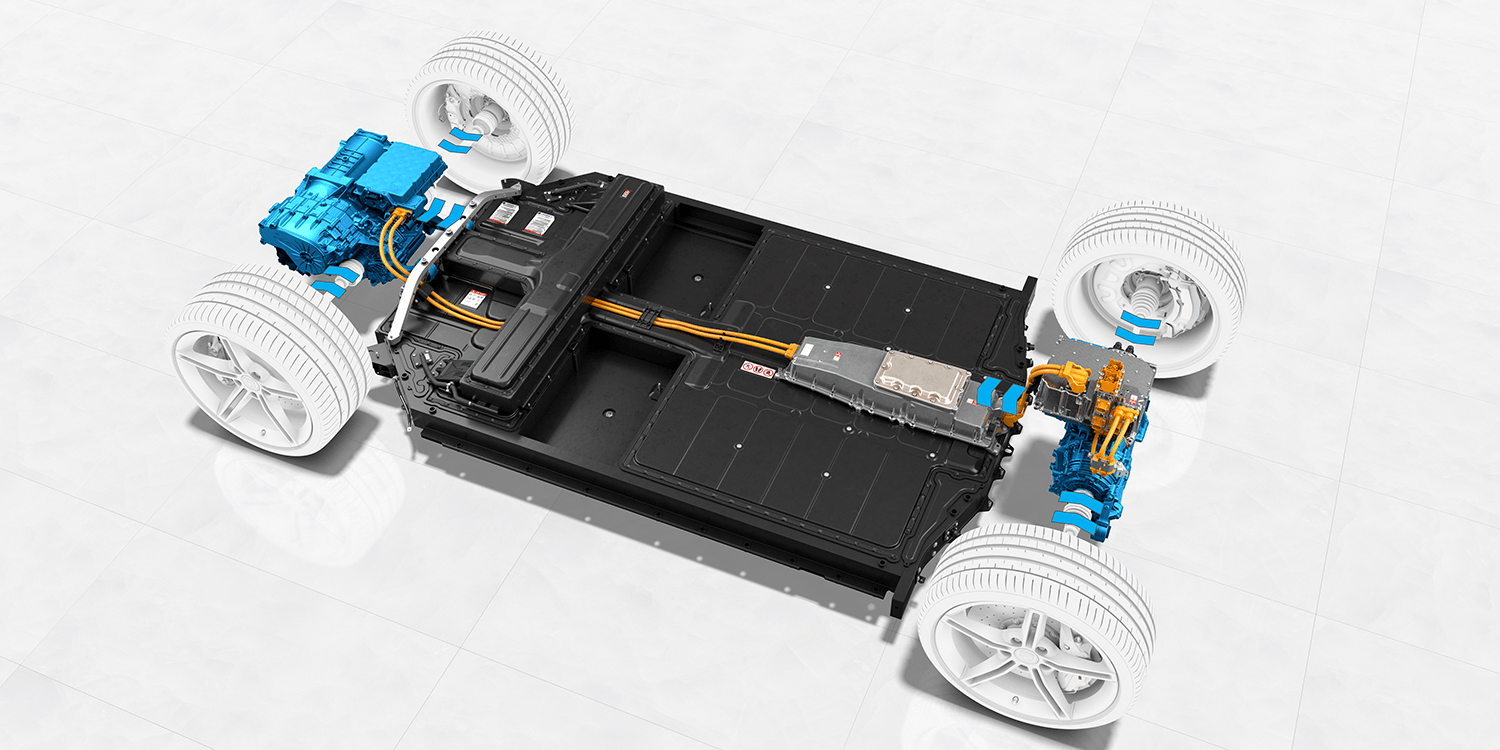
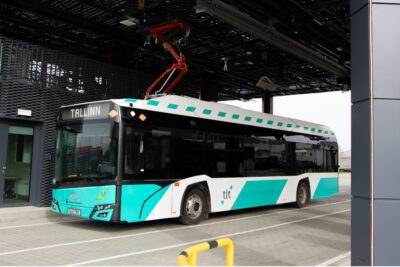
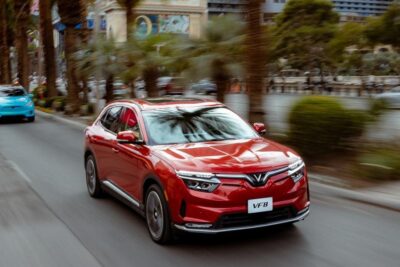
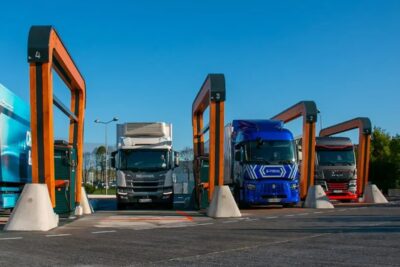
1 Comment